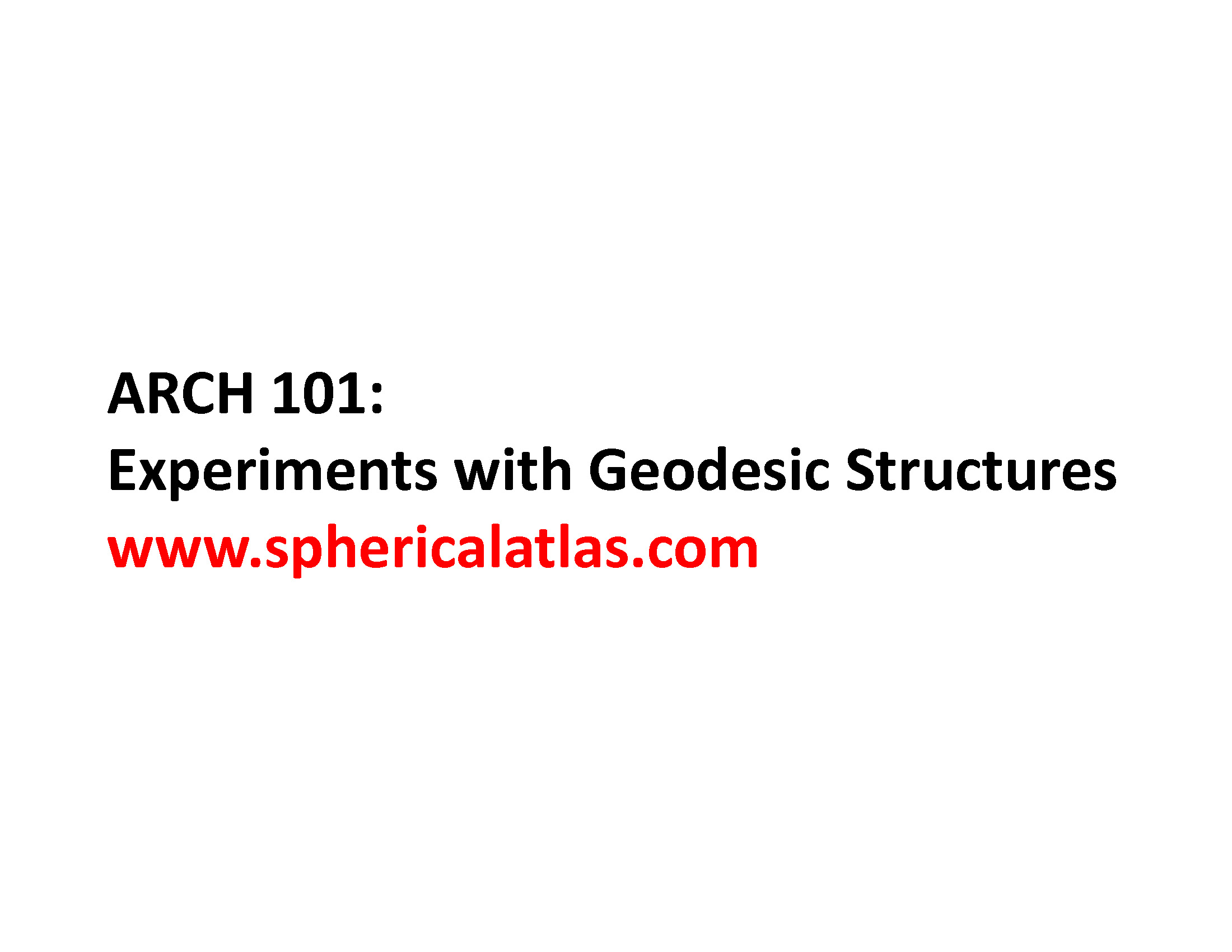
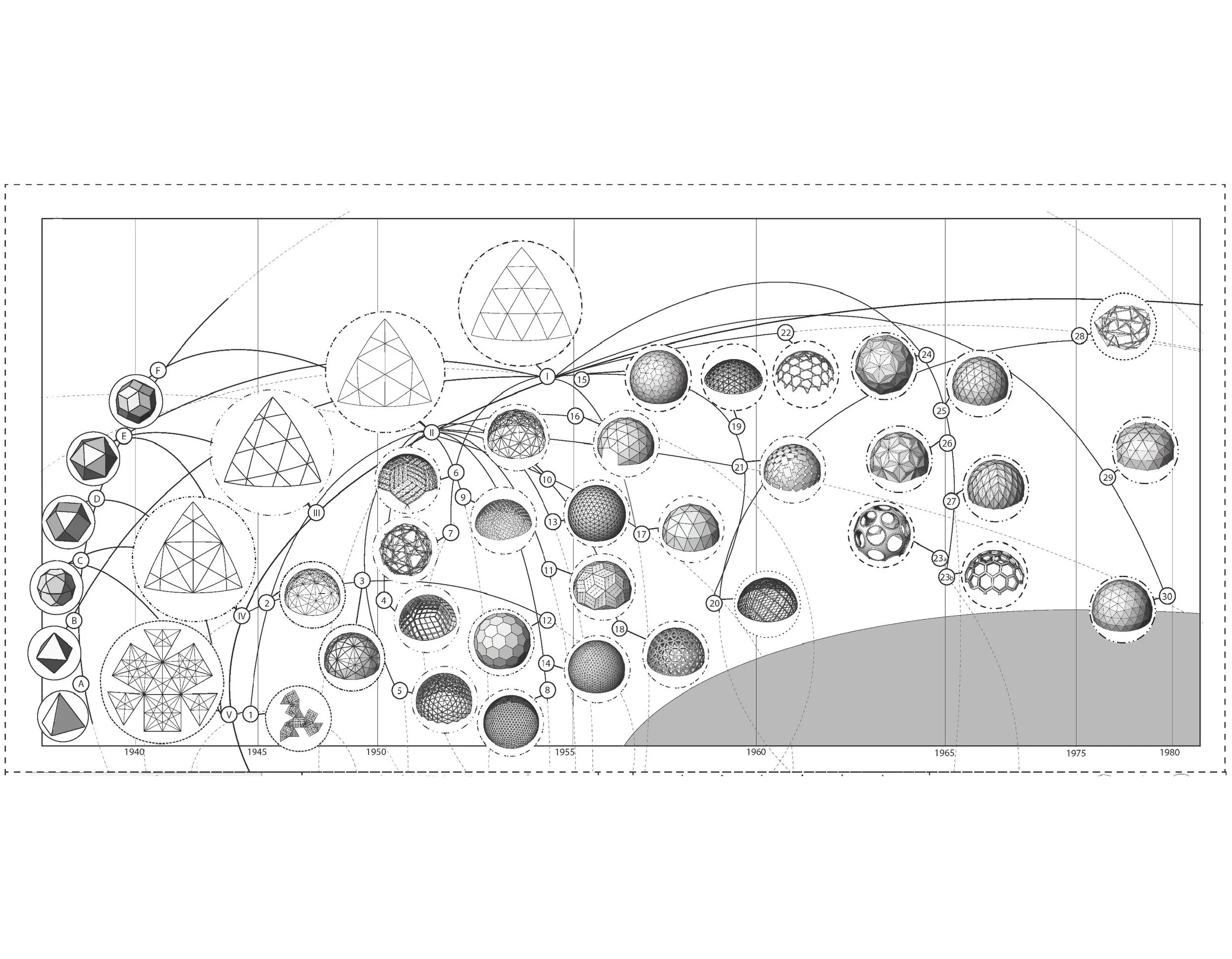



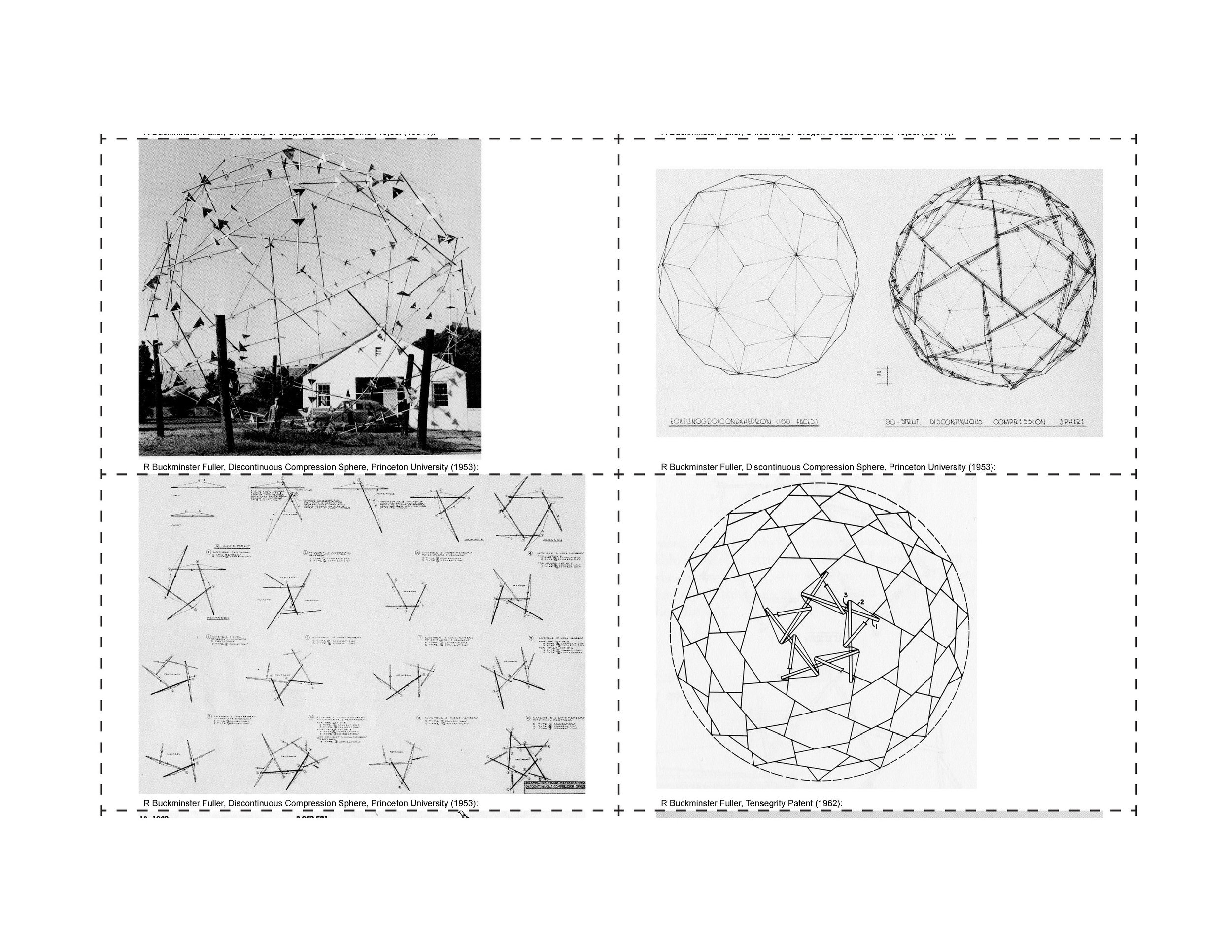








Teaching: Experiments with Geodesic Structures, Lower Division.
The Jitterbug Animation (Ryan Barney)












Teaching: Experiments with Polyhedral Structures, Lower Division.
www.polyhedralatlas.com










Teaching: Experiments with Tensile Structures, Lower Division.
www.tensileatlas.com















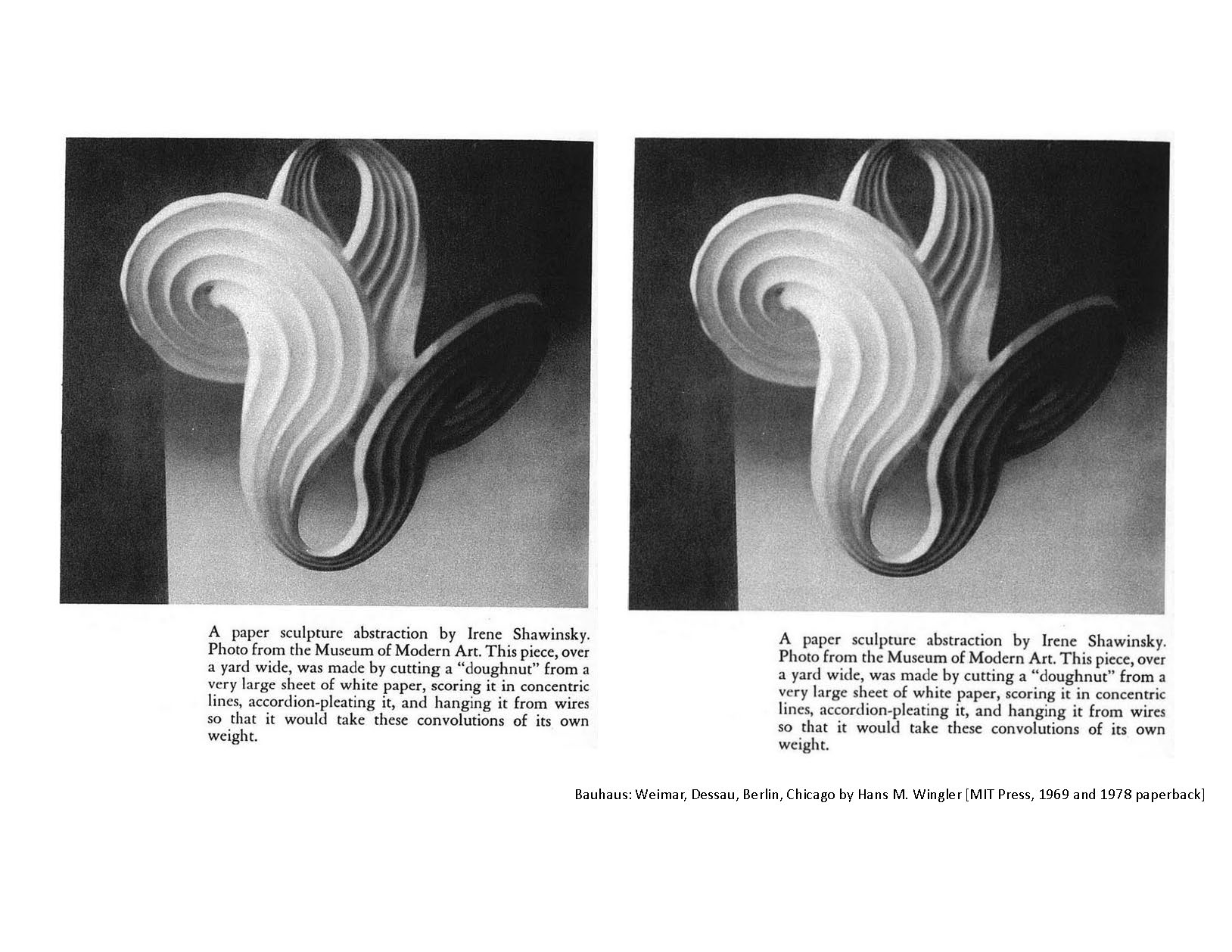













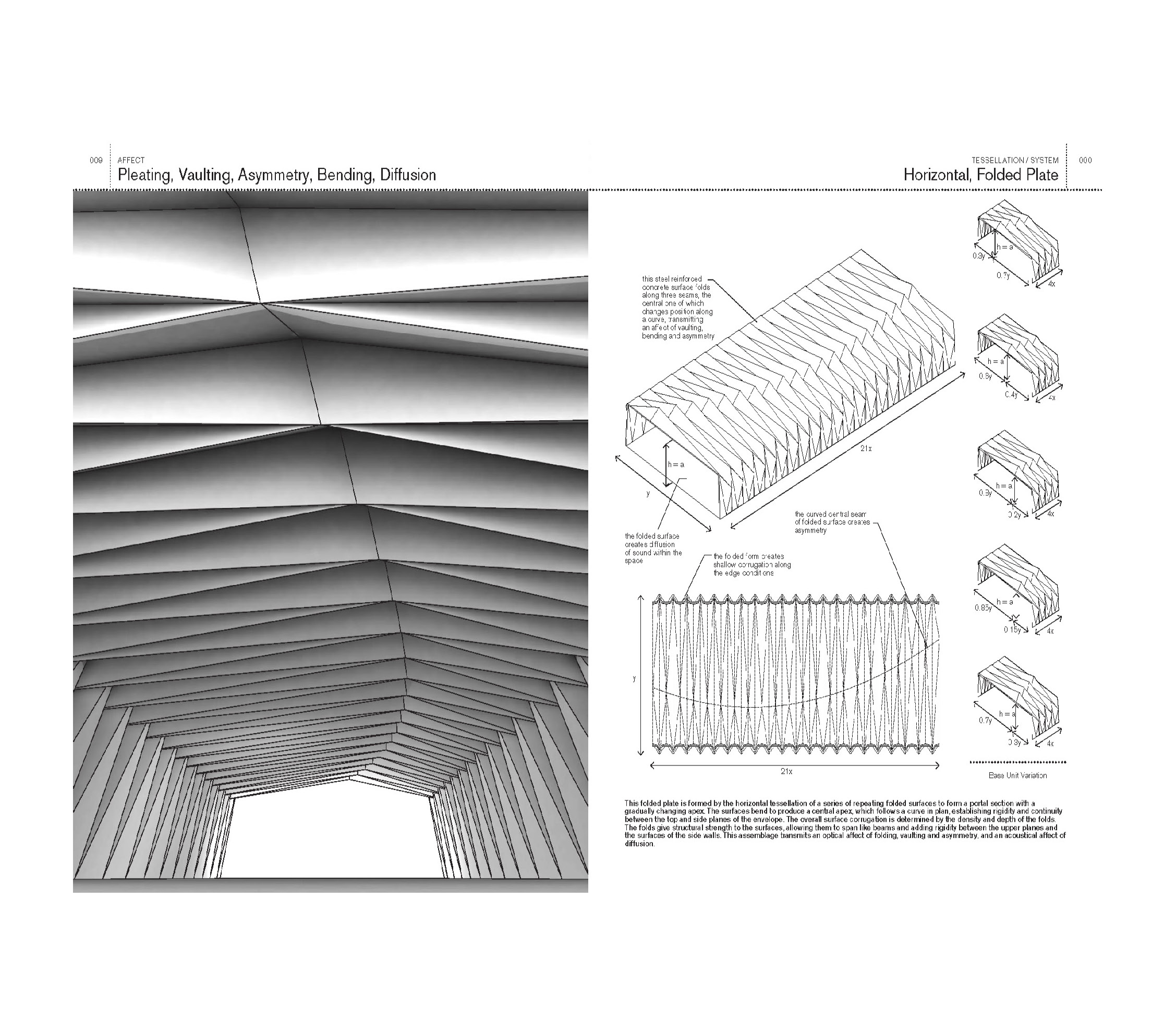







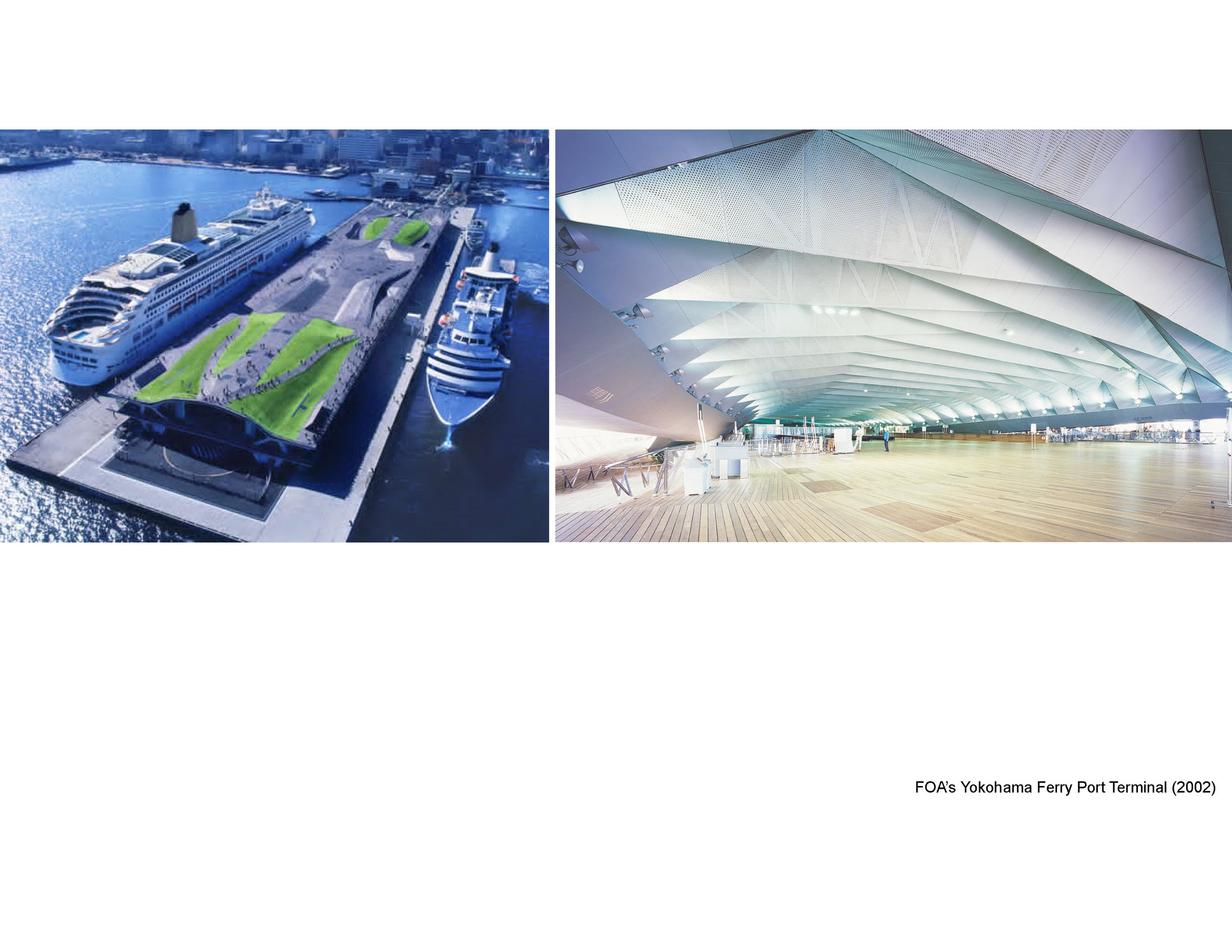








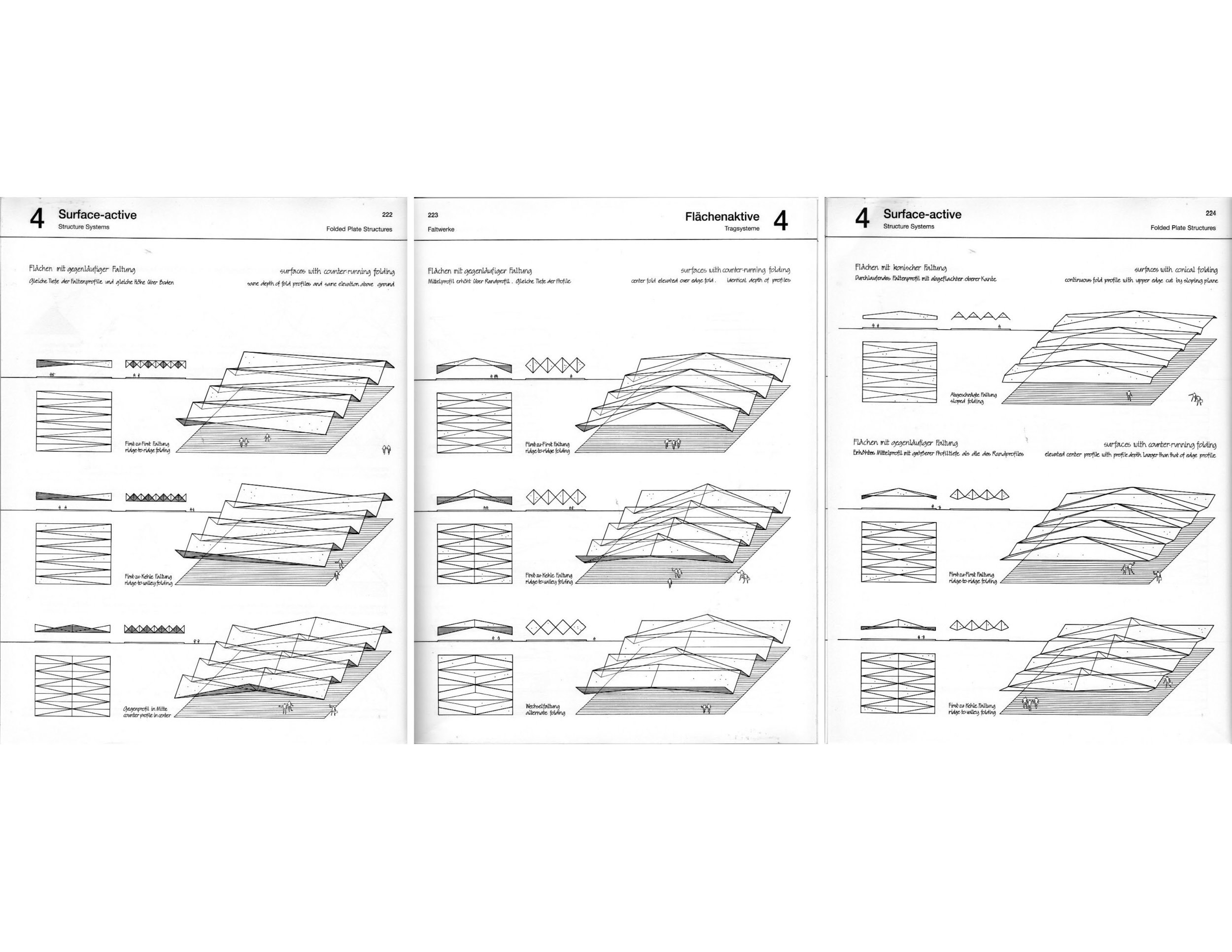















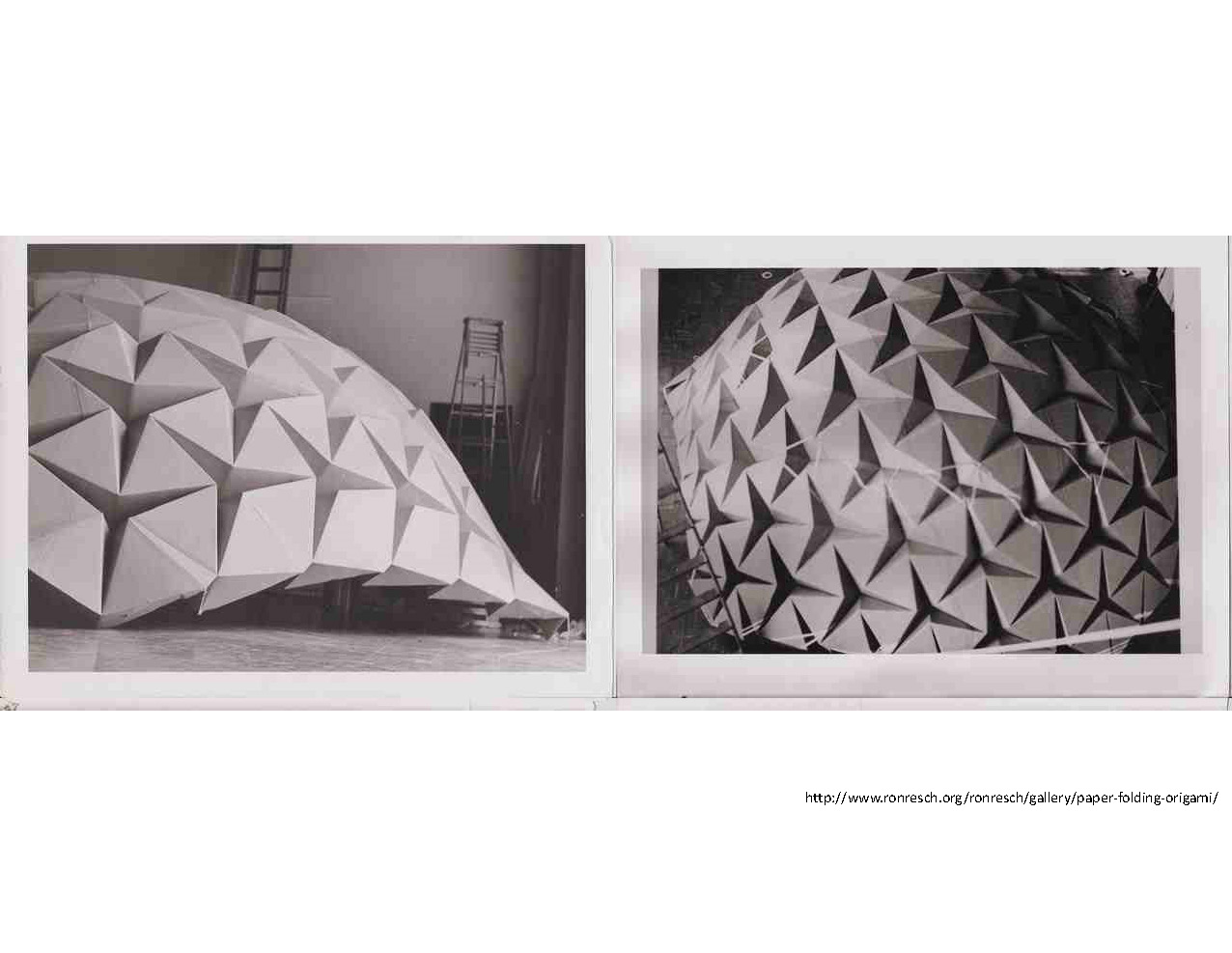































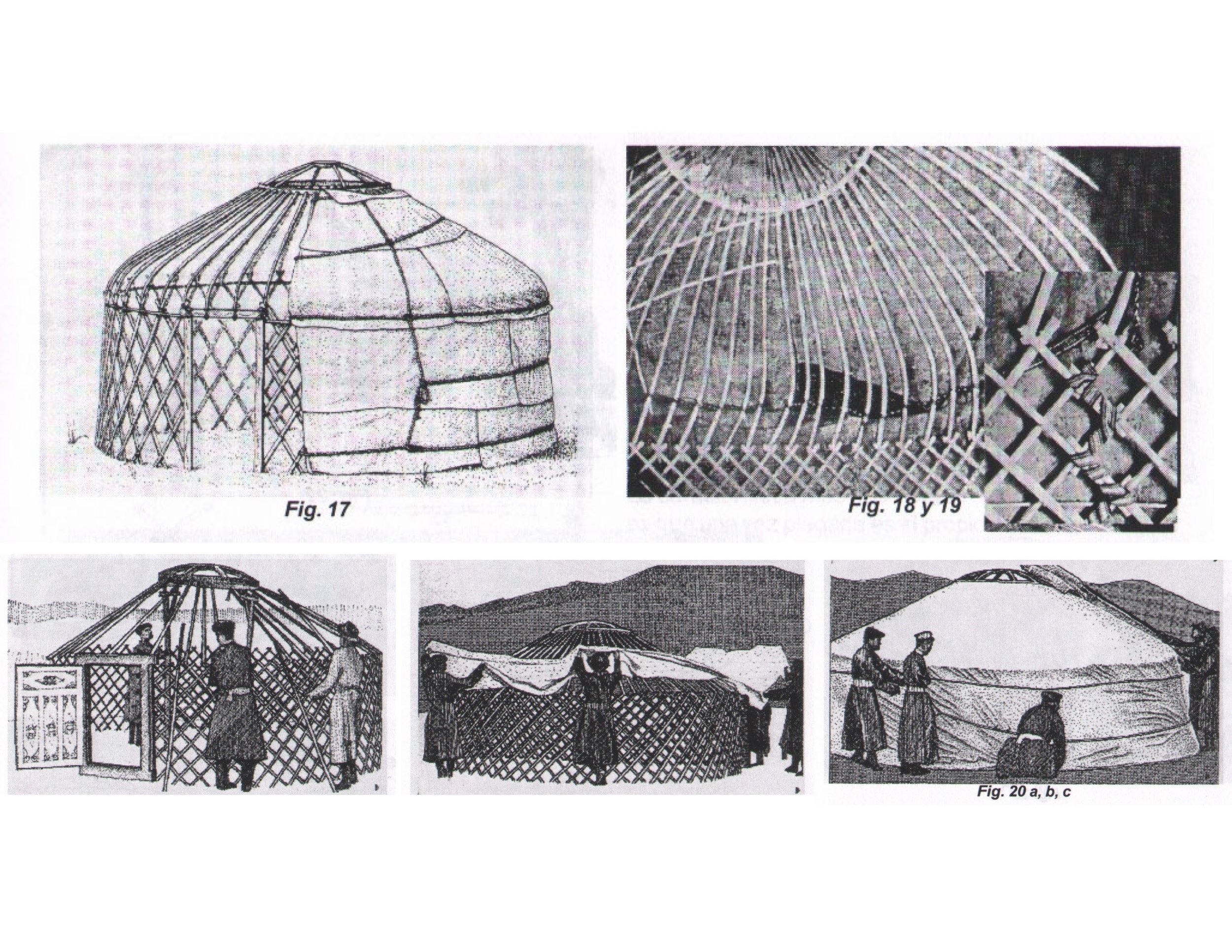
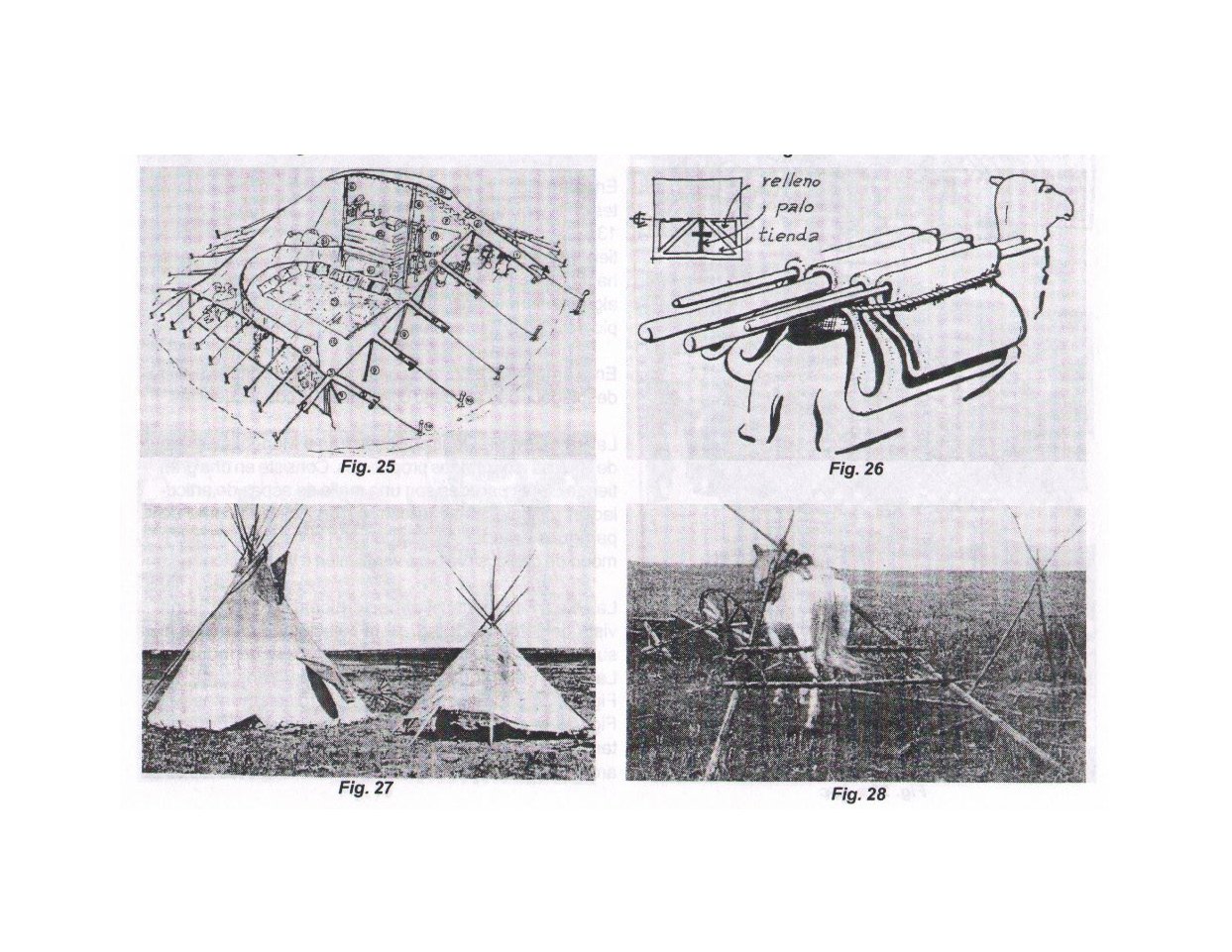
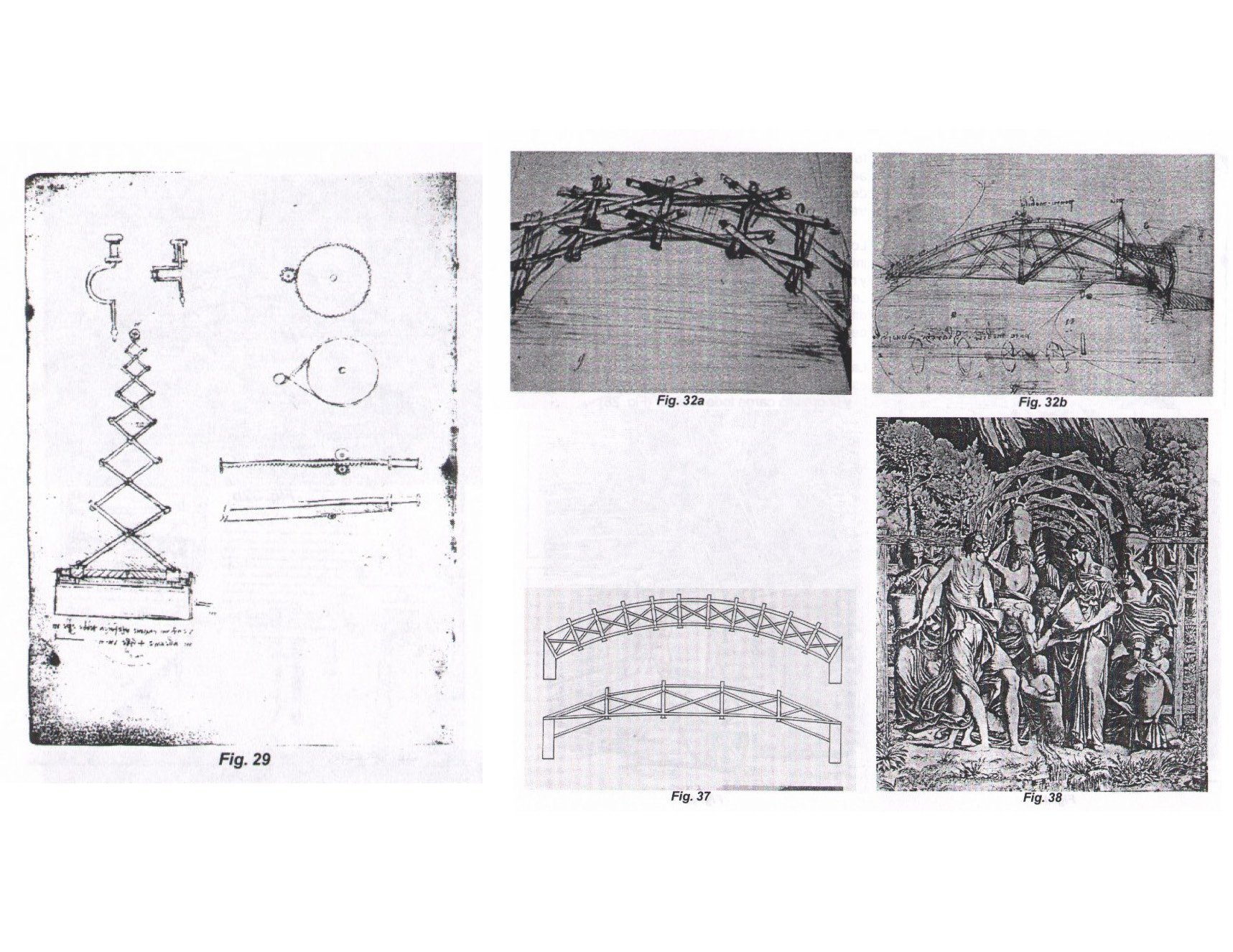

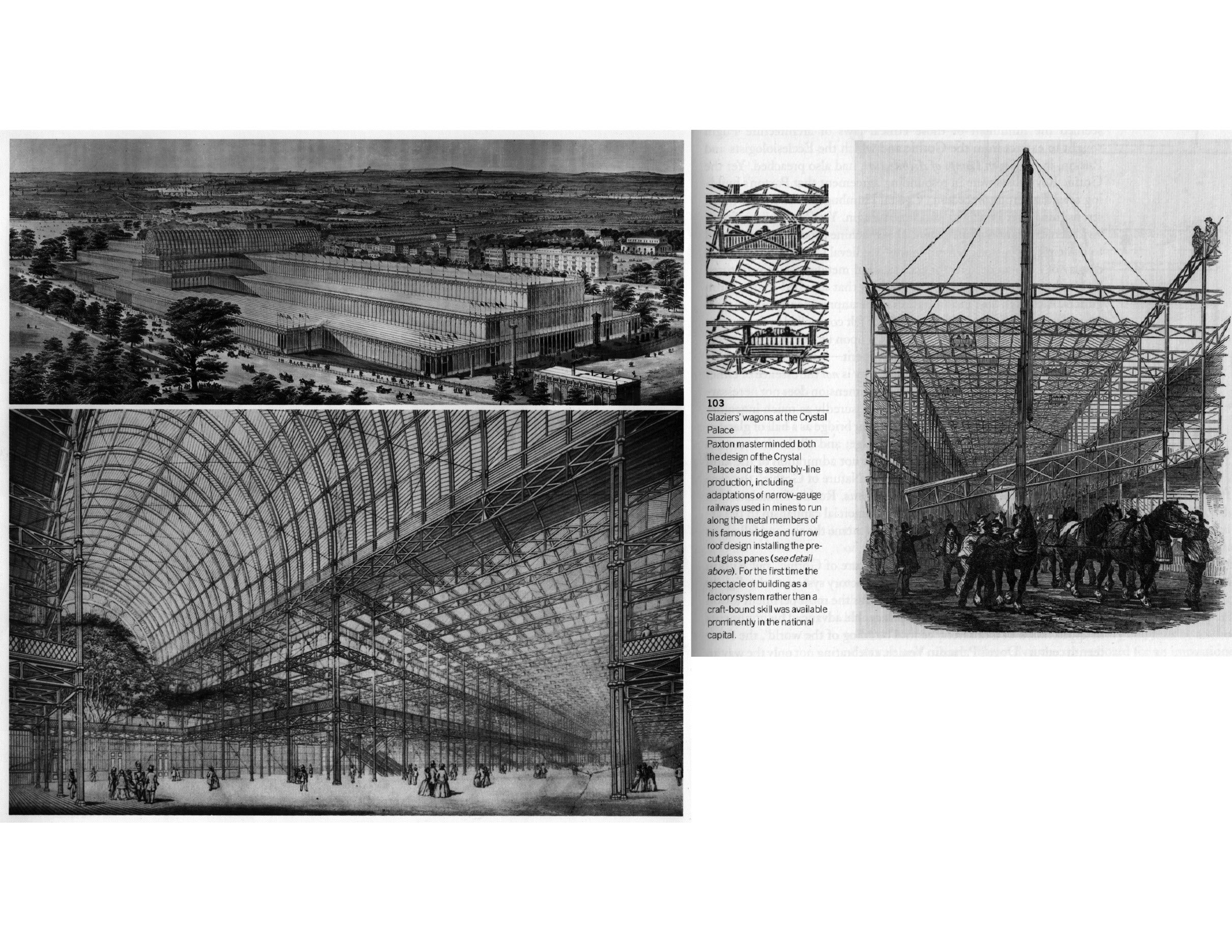
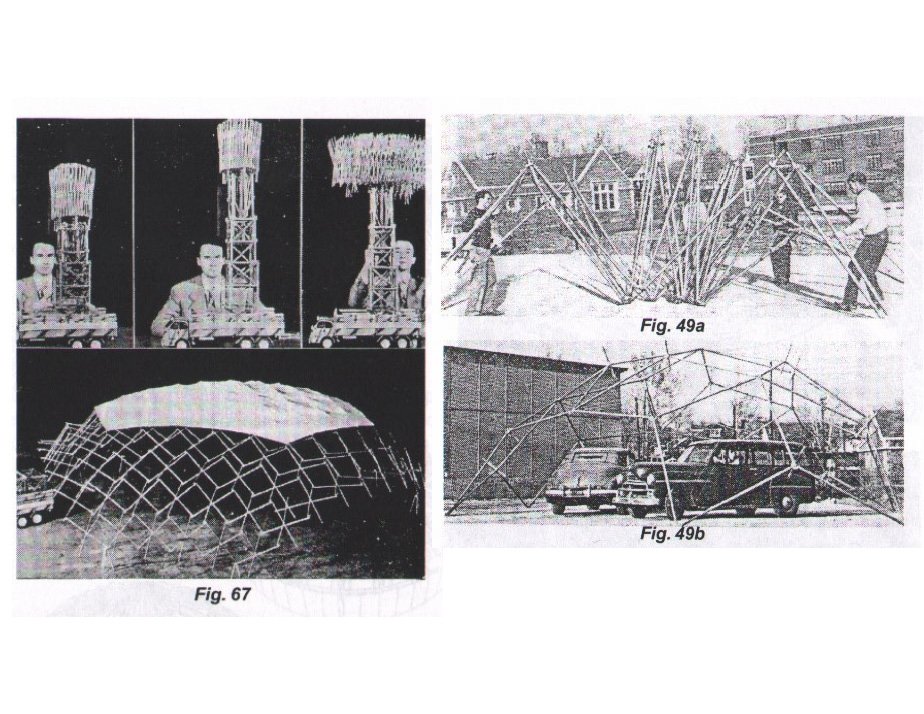
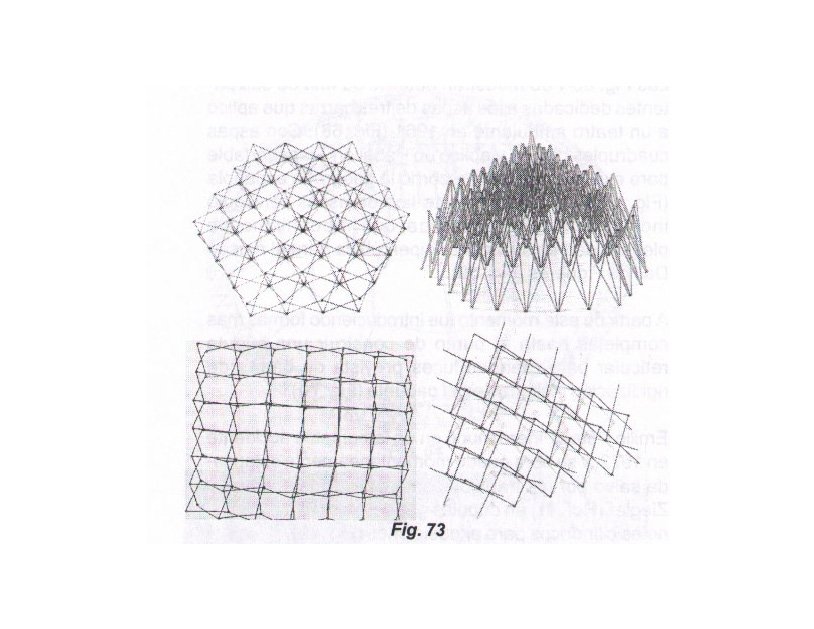
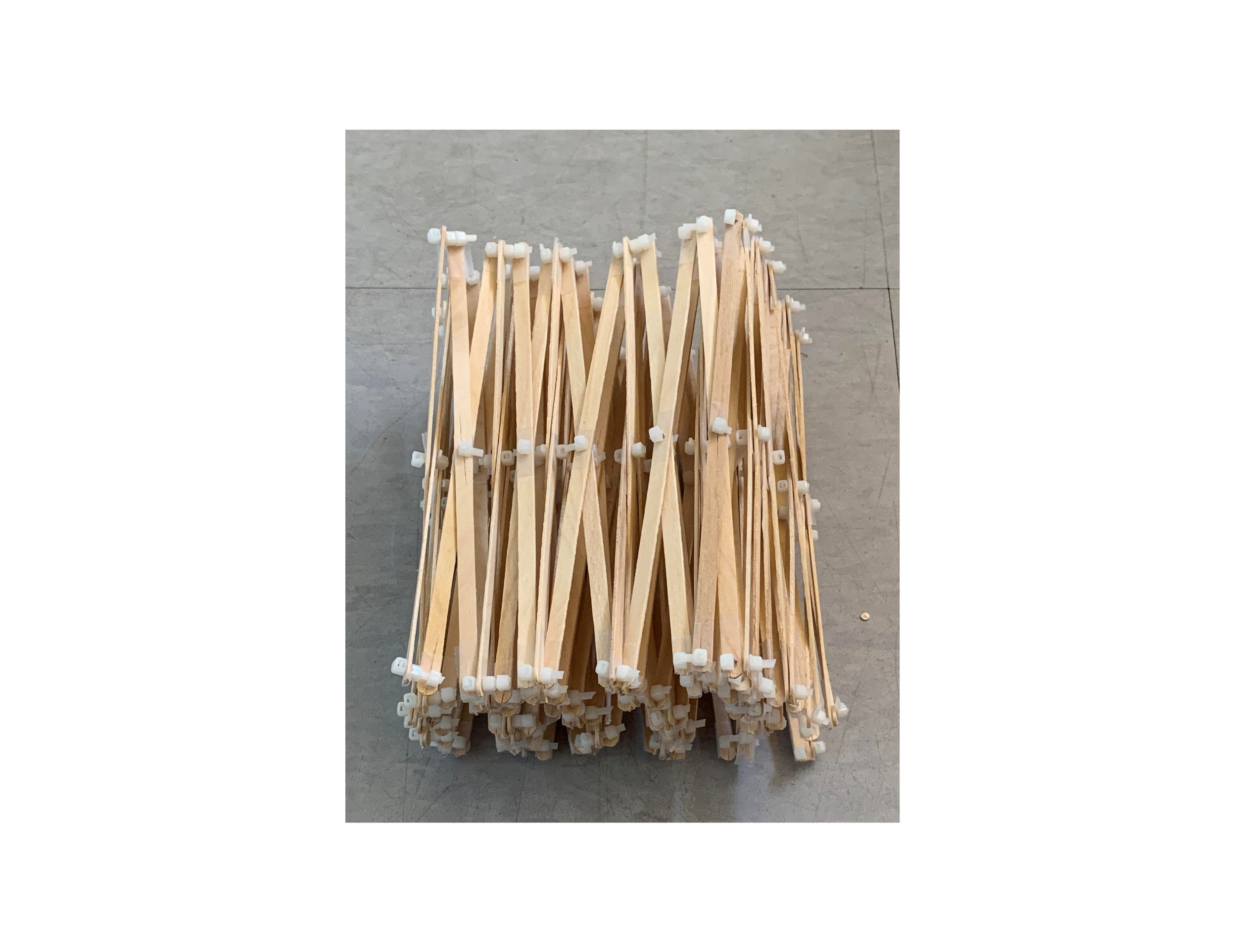

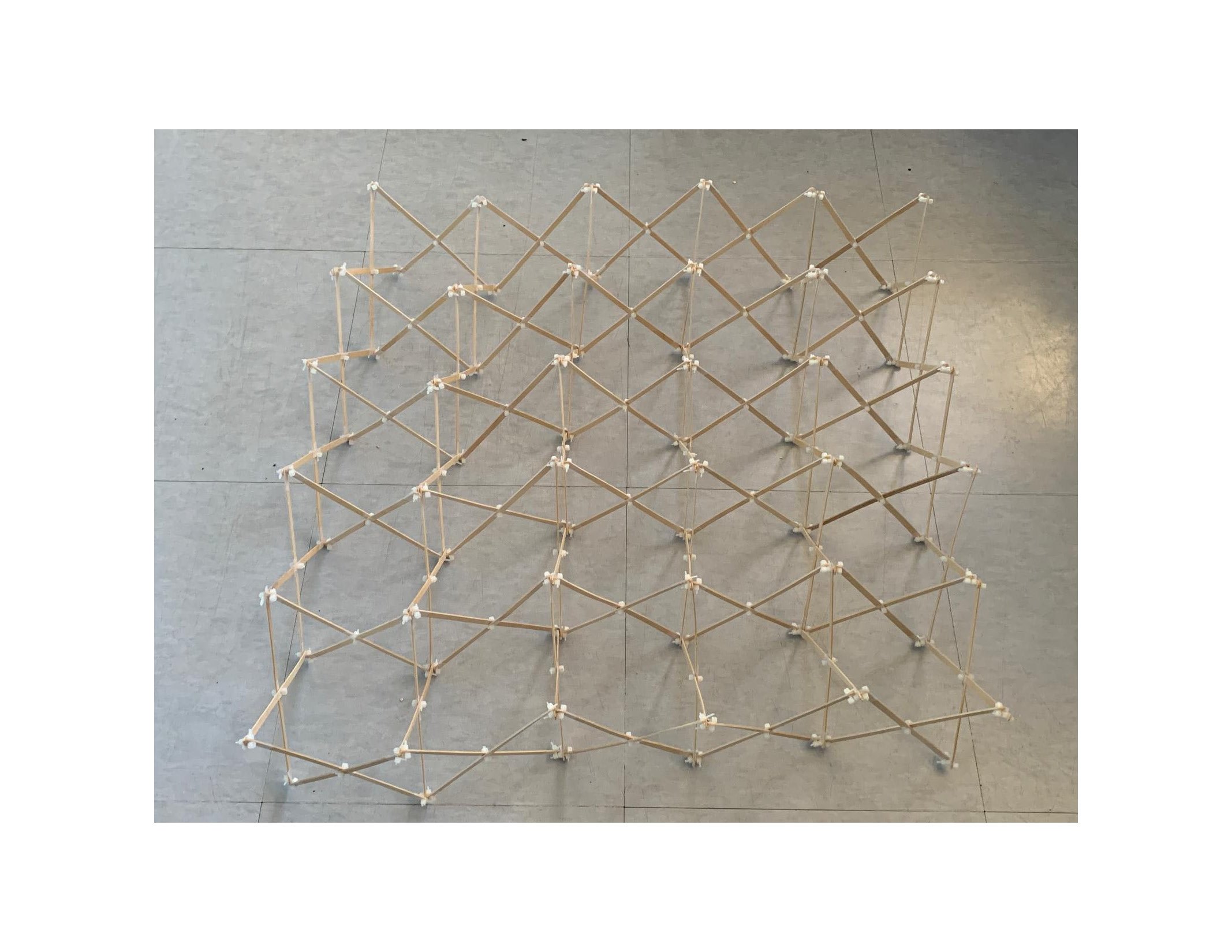
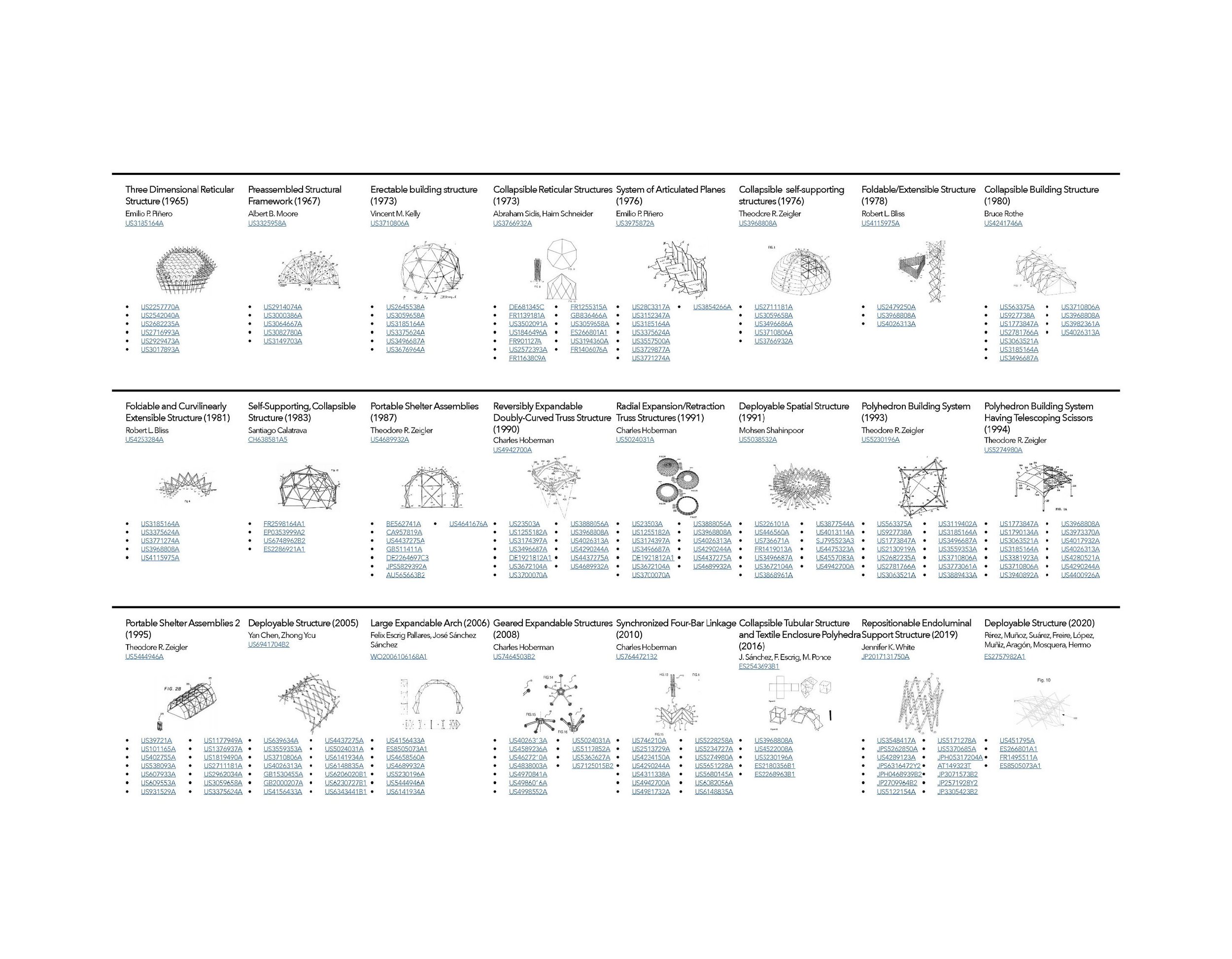
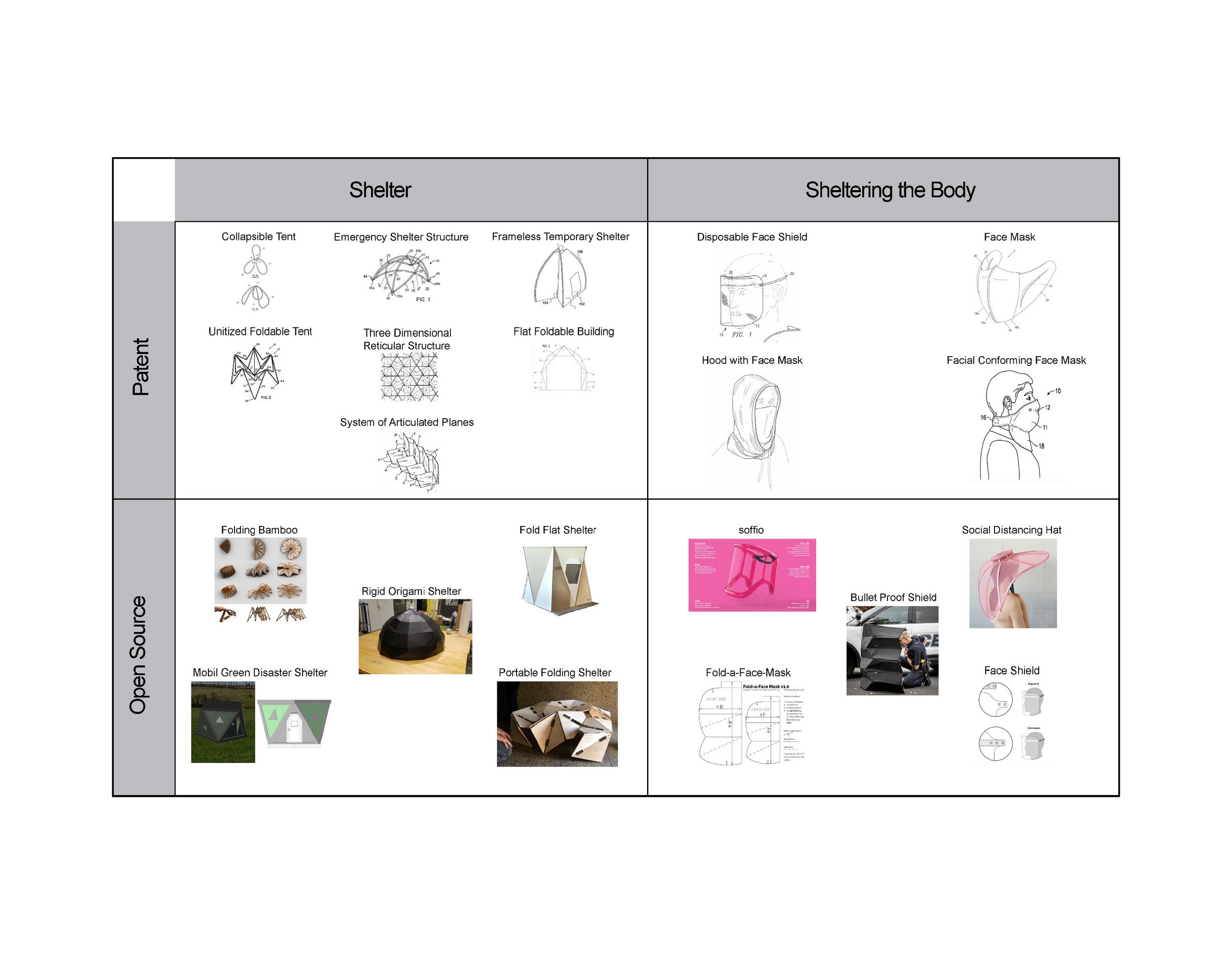
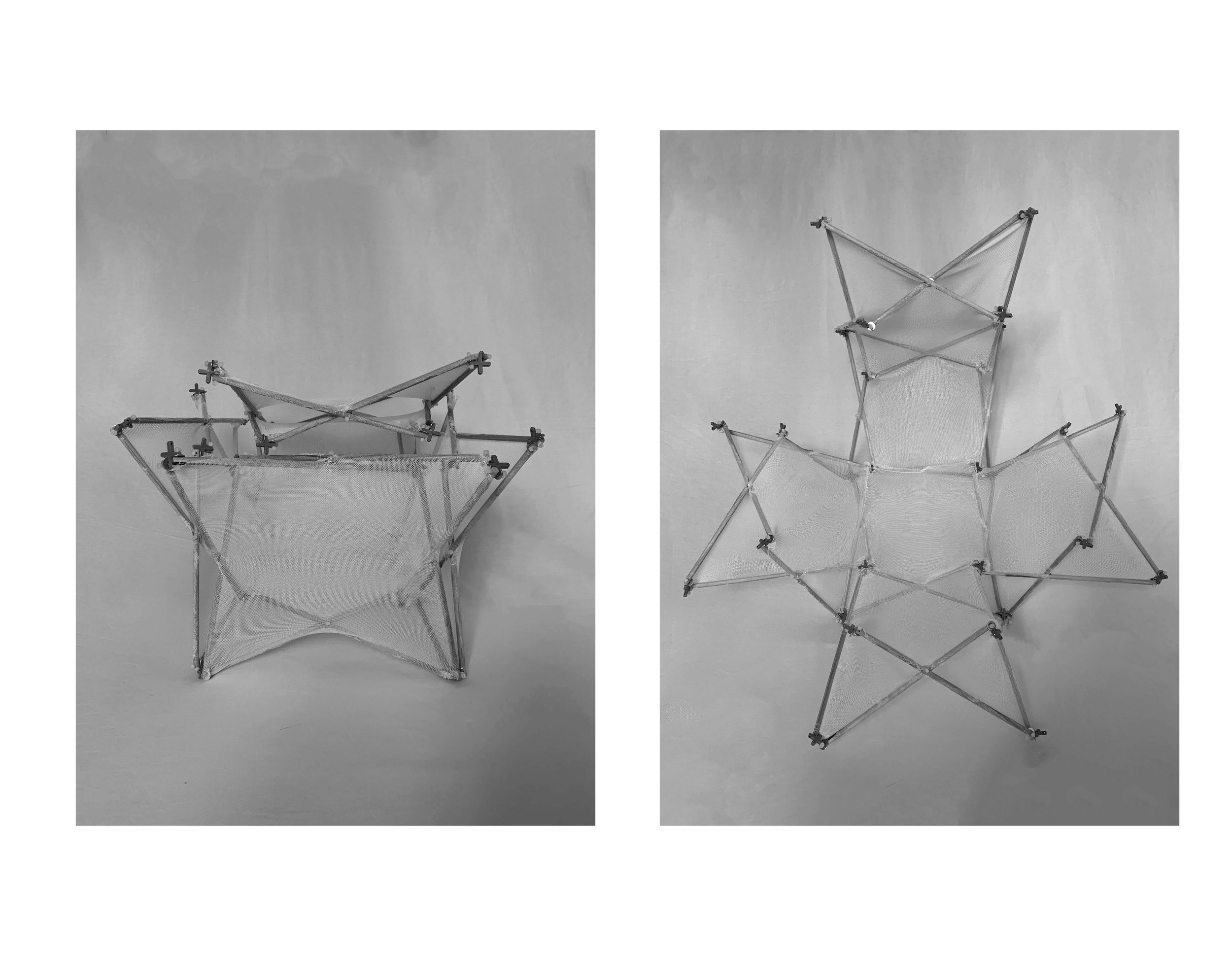
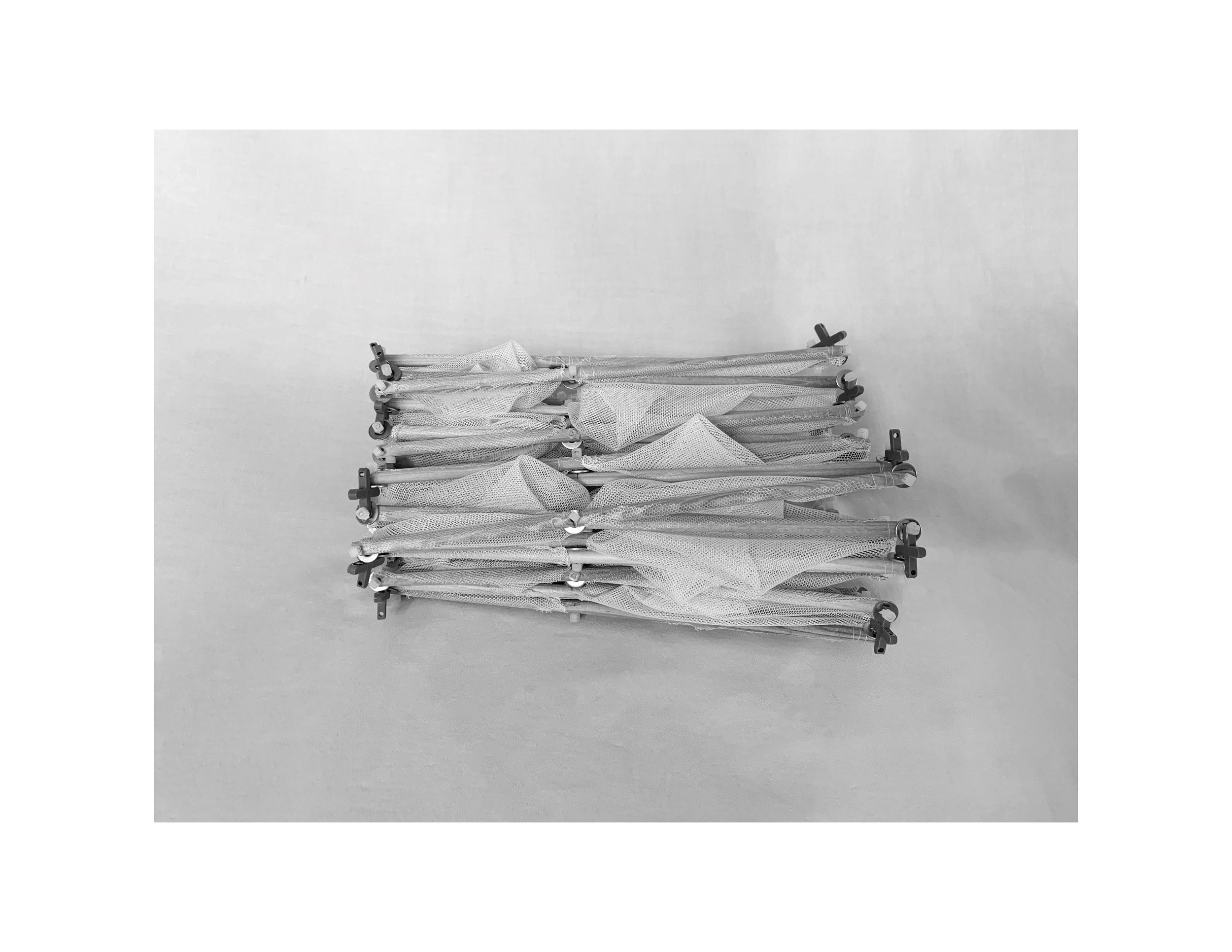
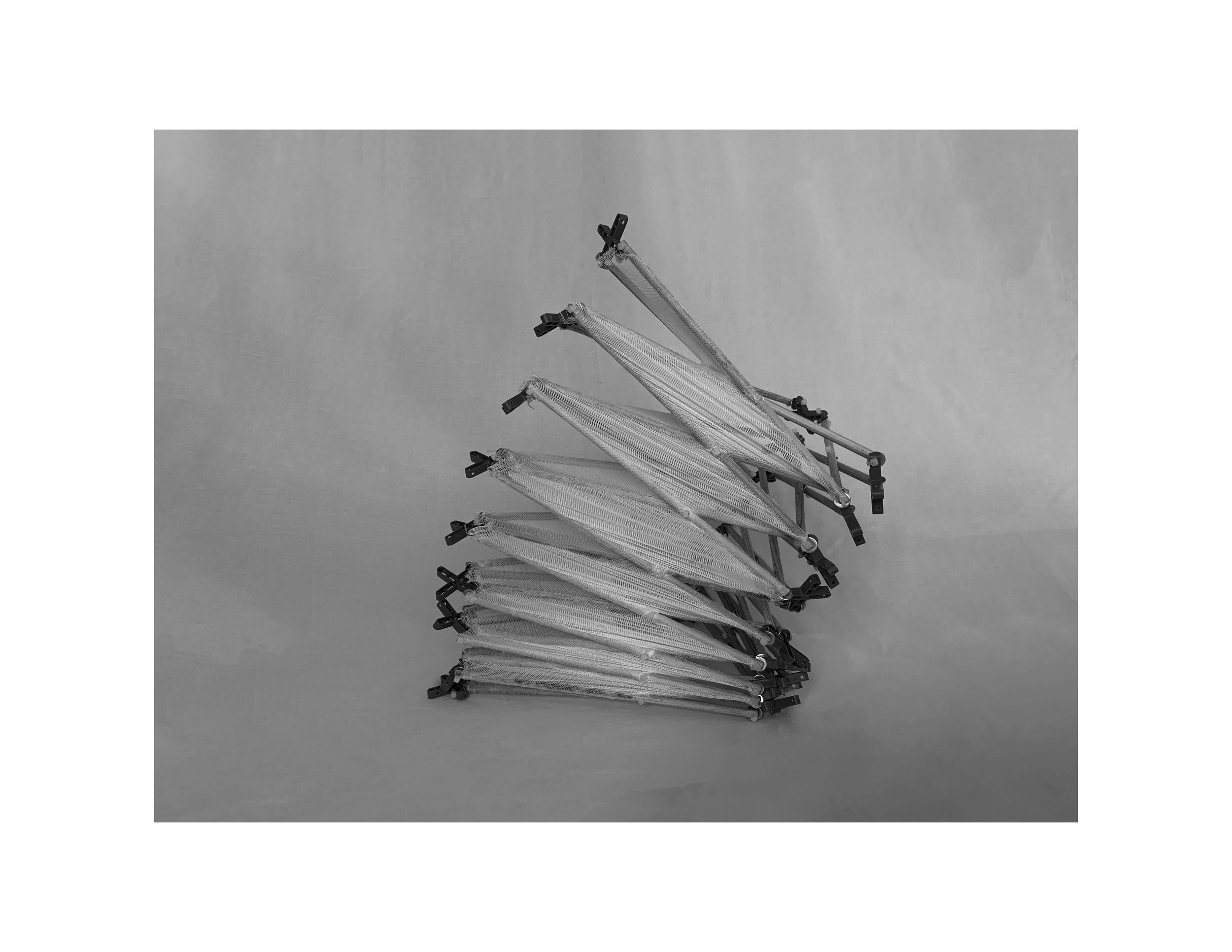
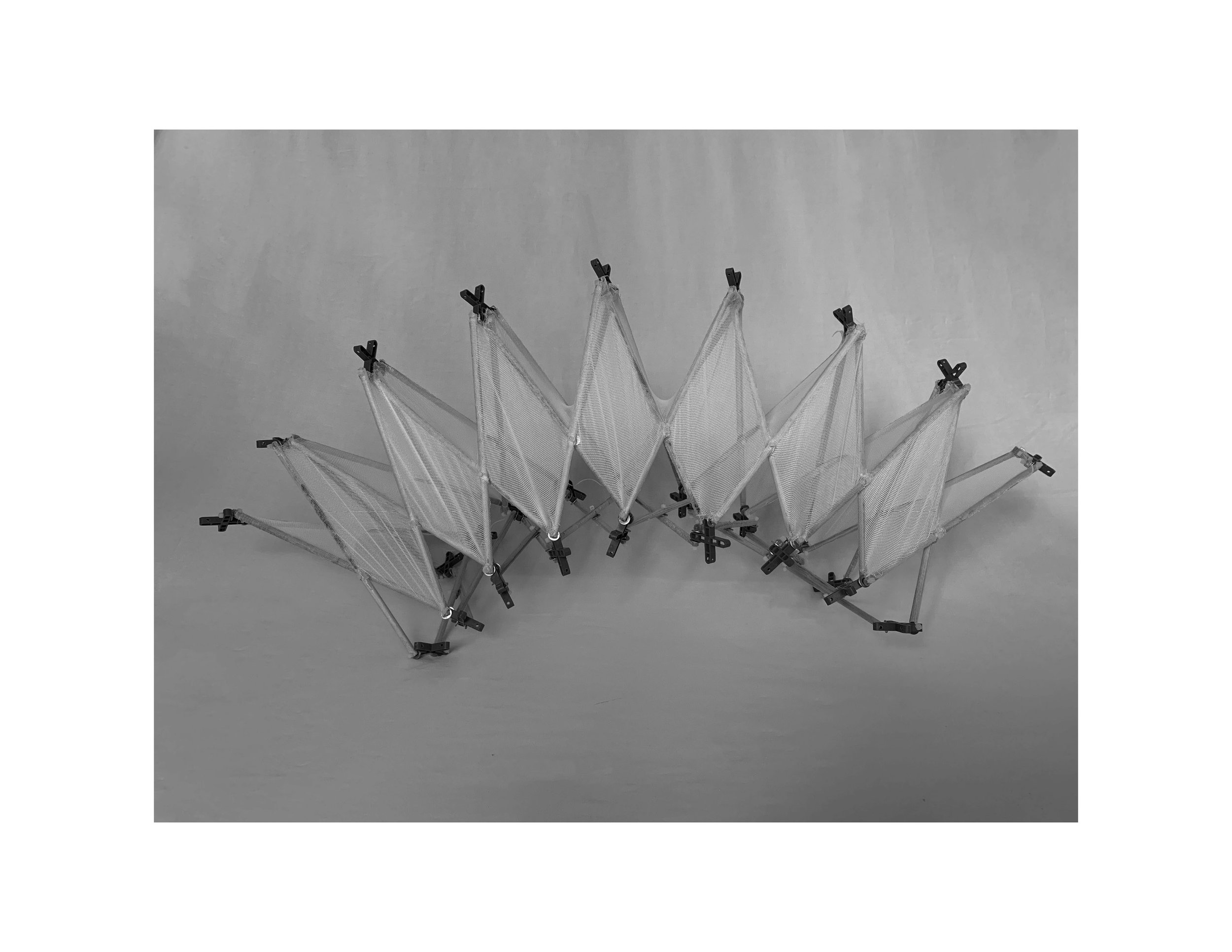
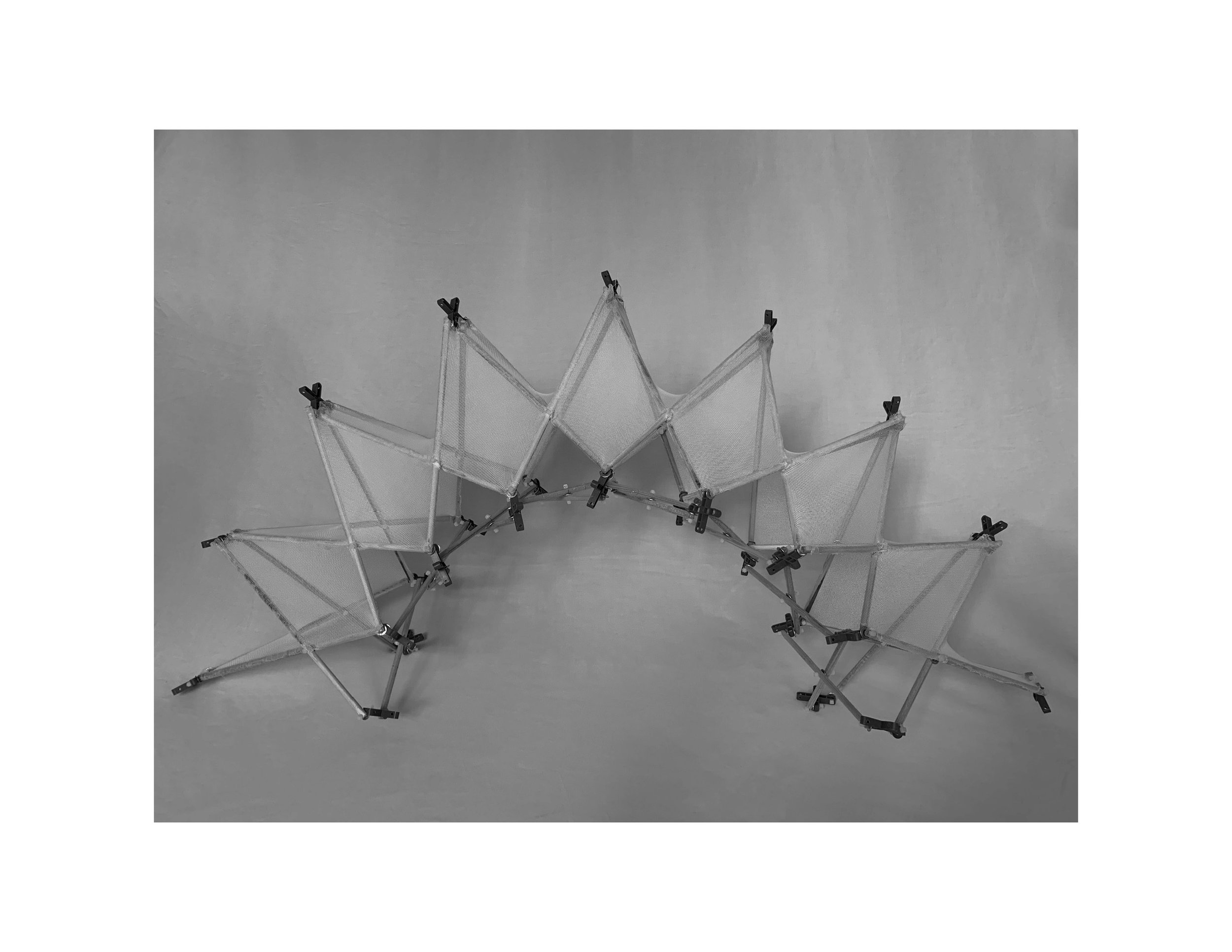

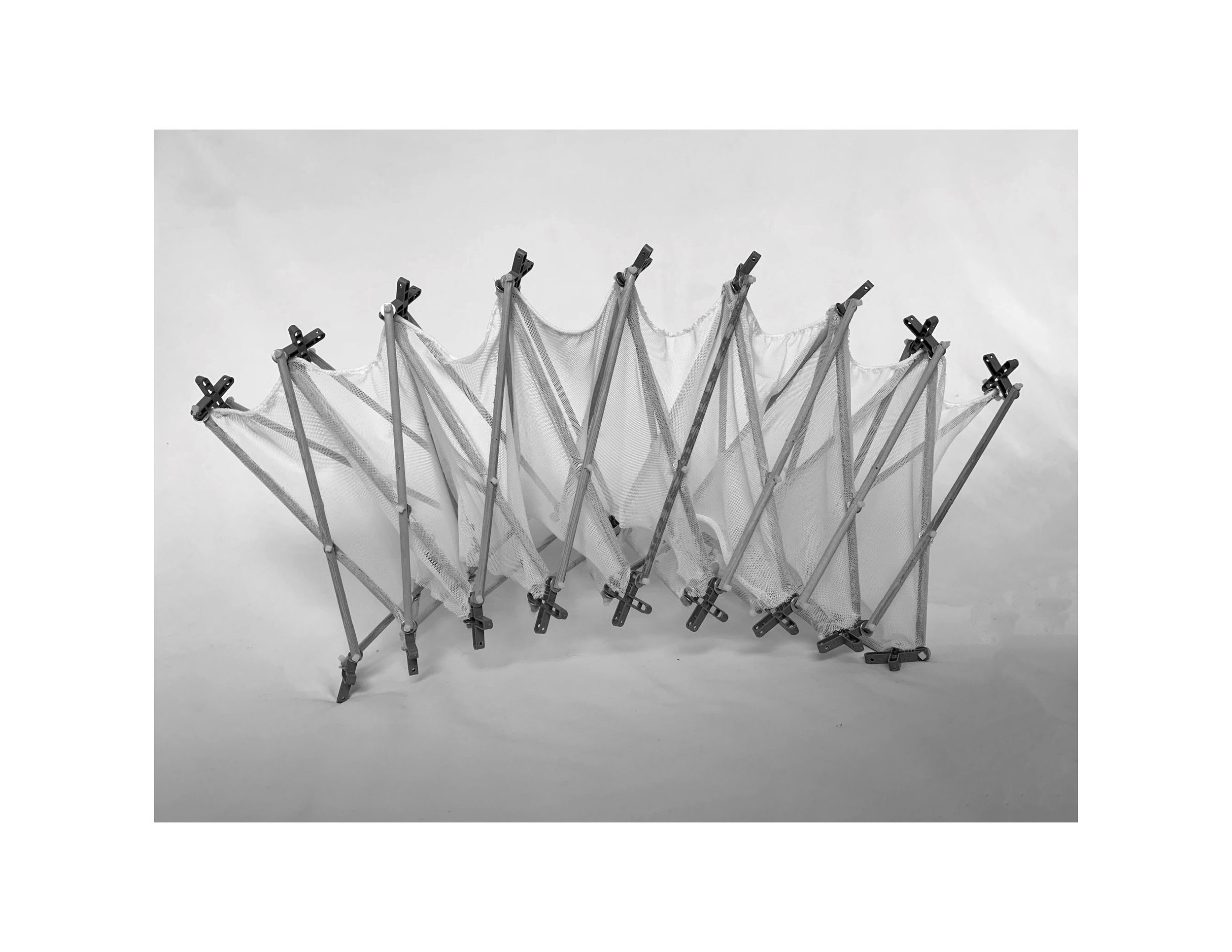
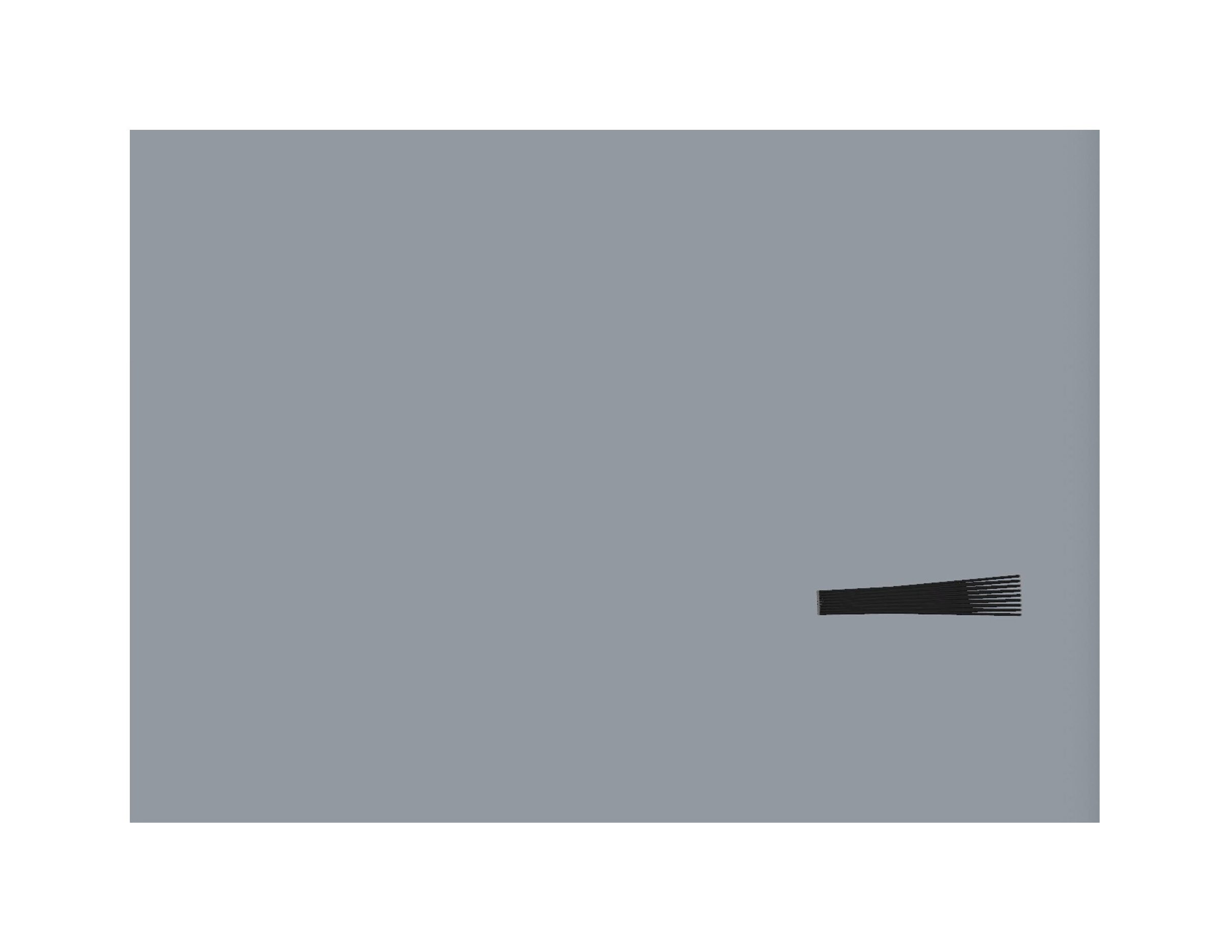
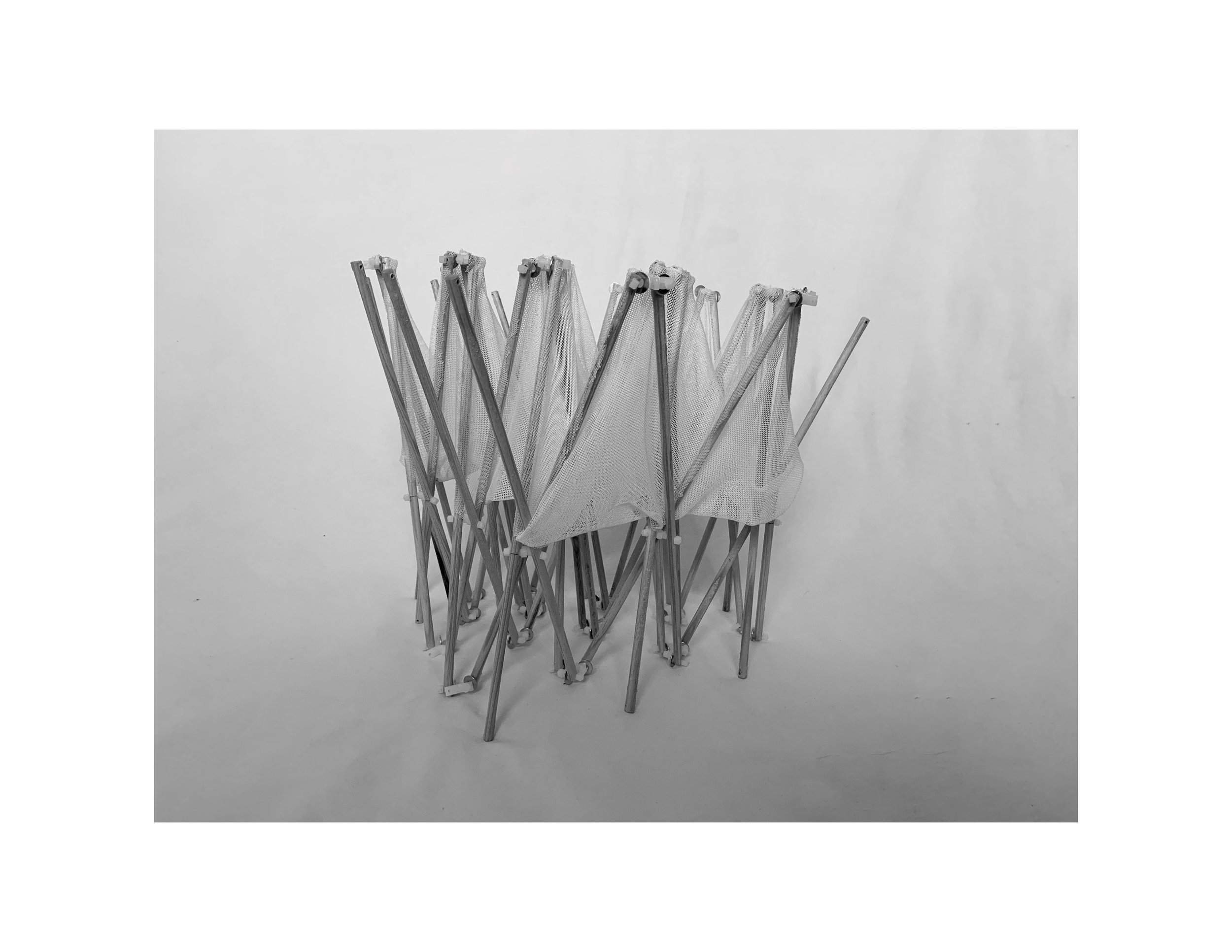
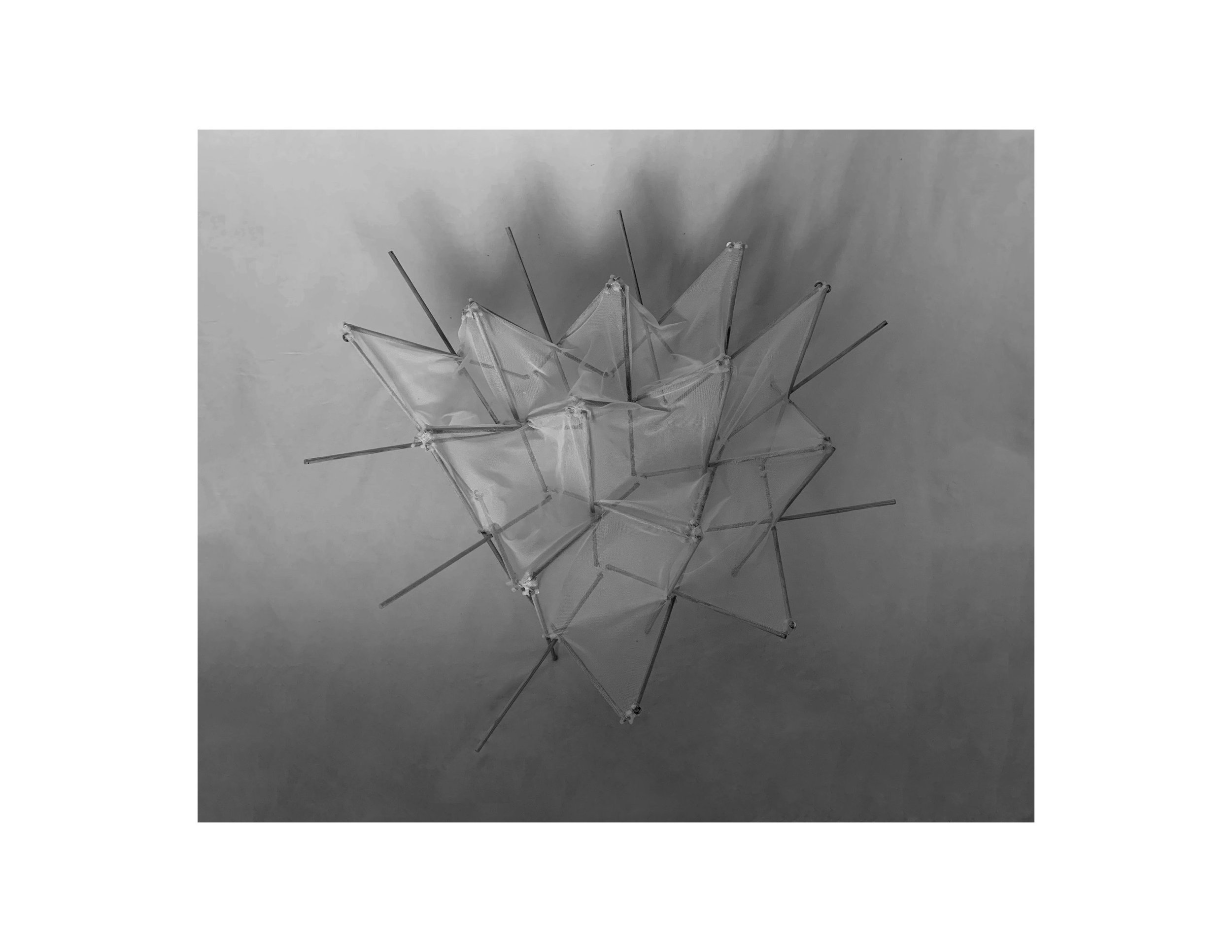
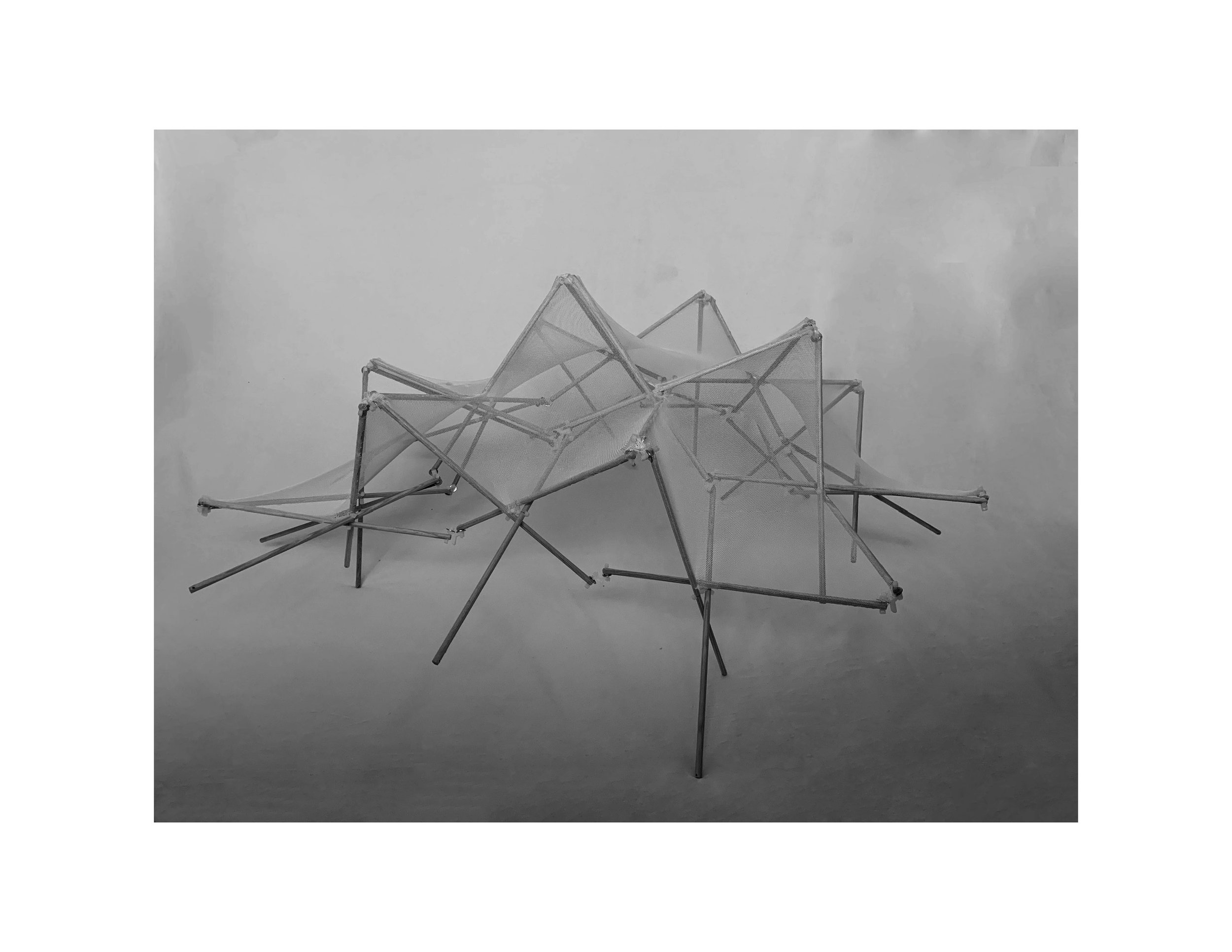
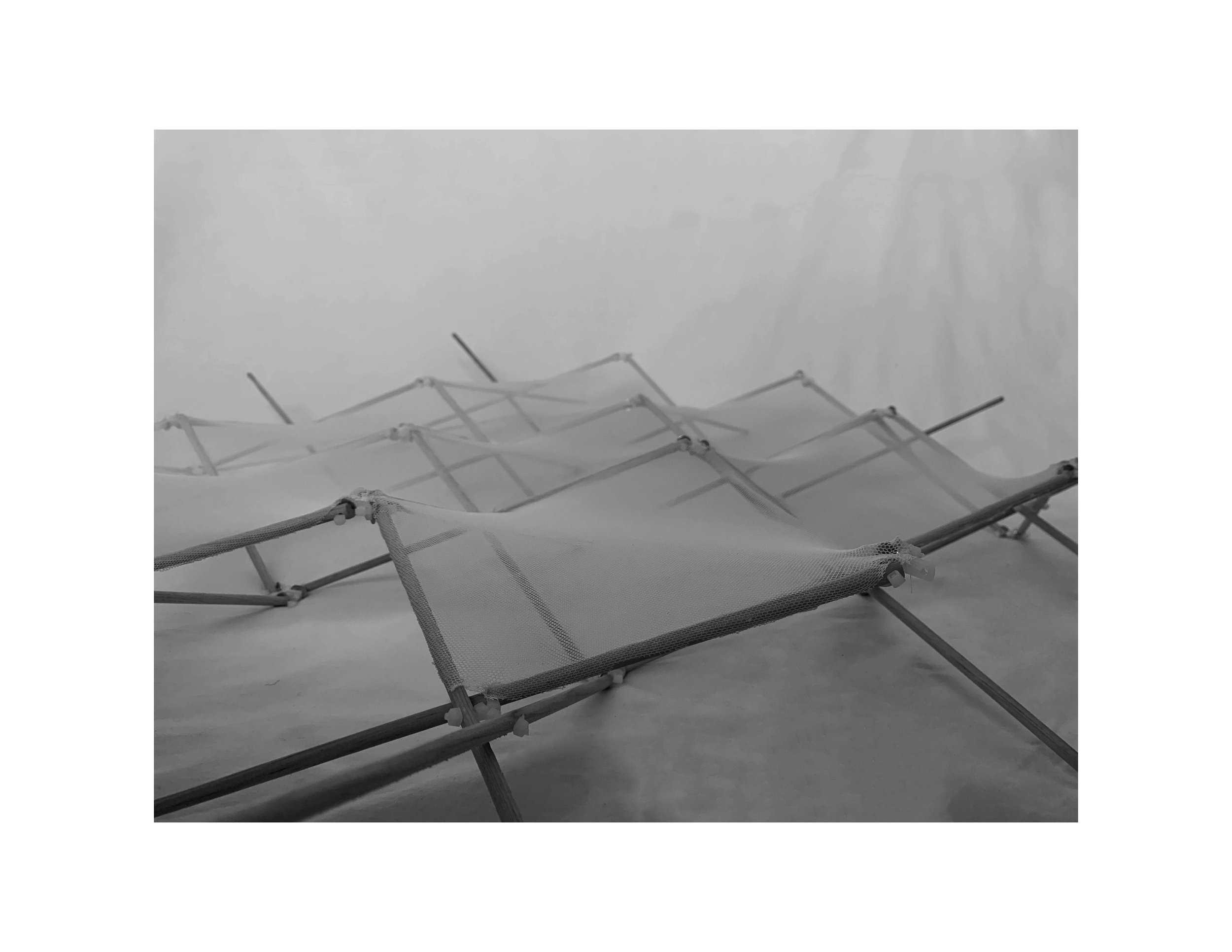

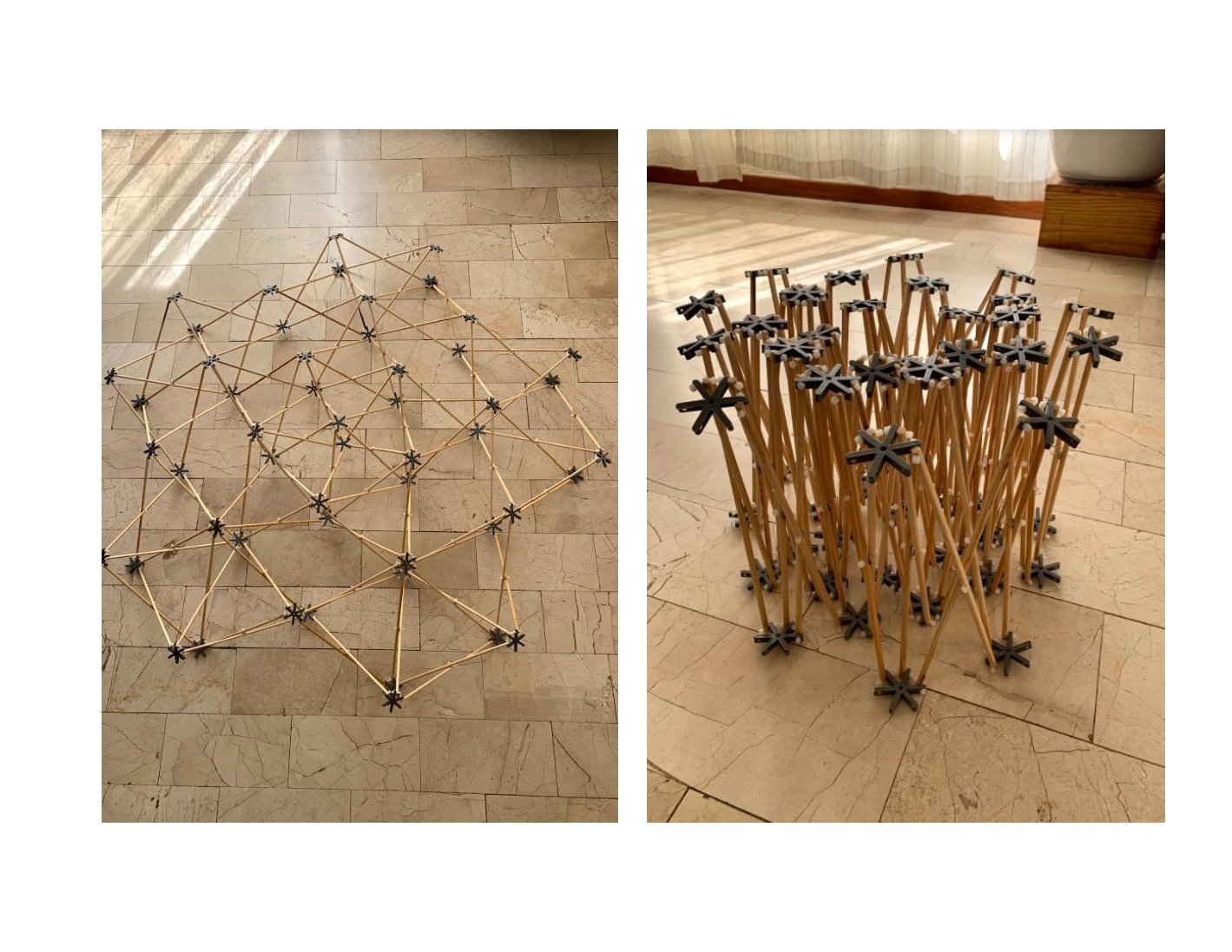
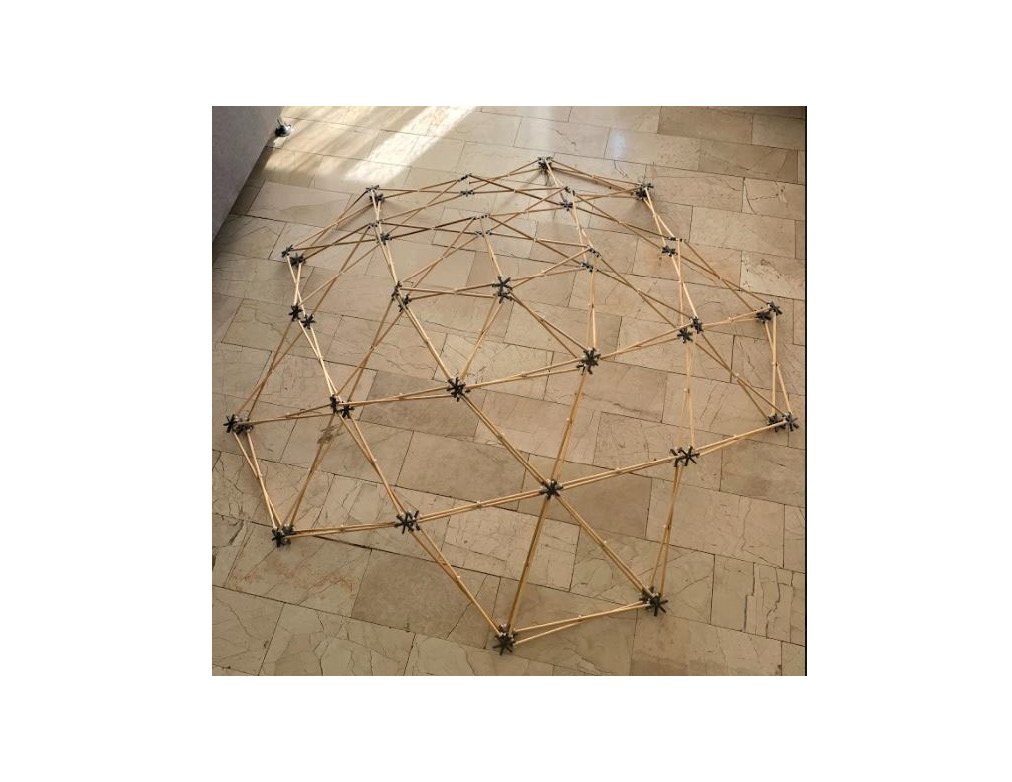



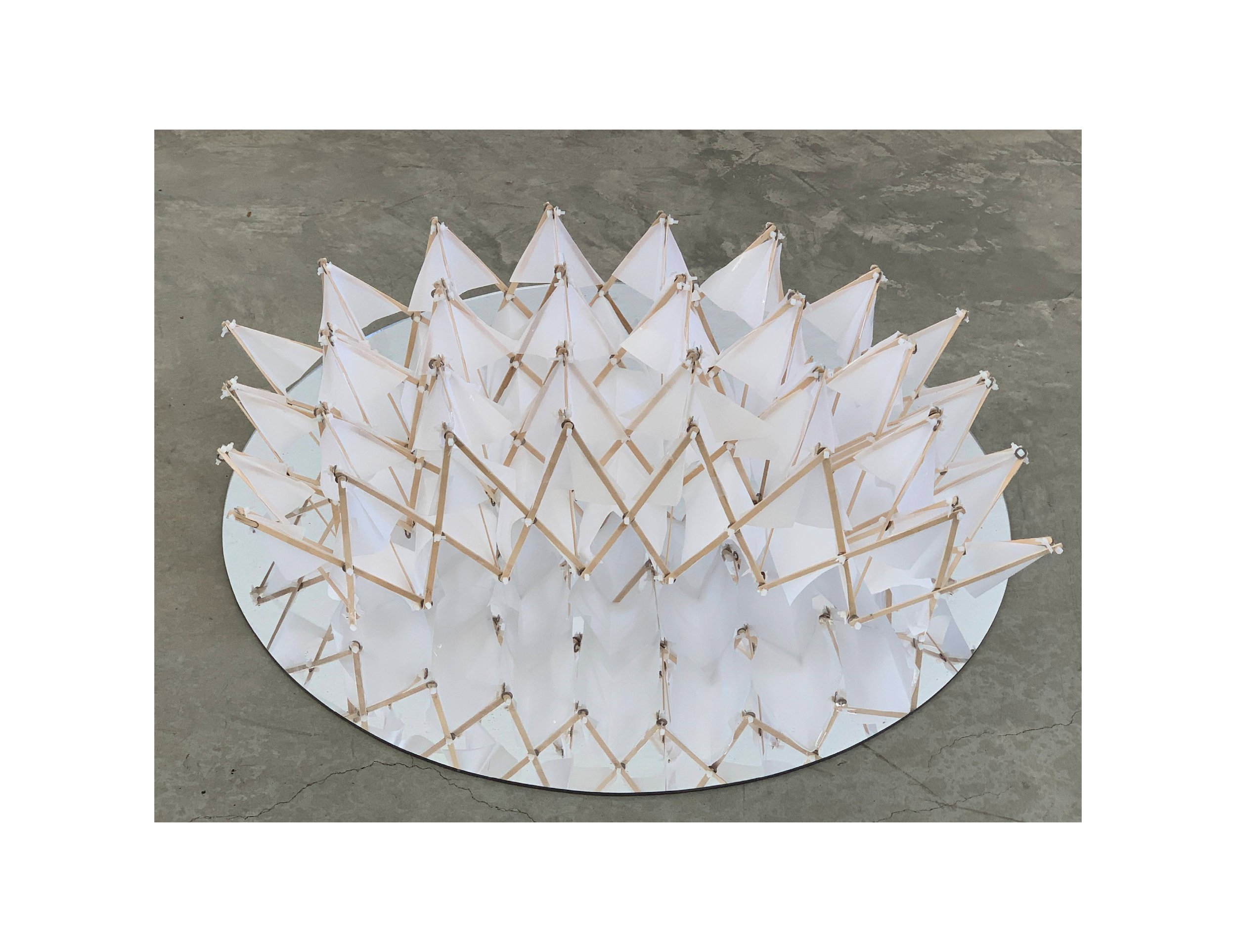
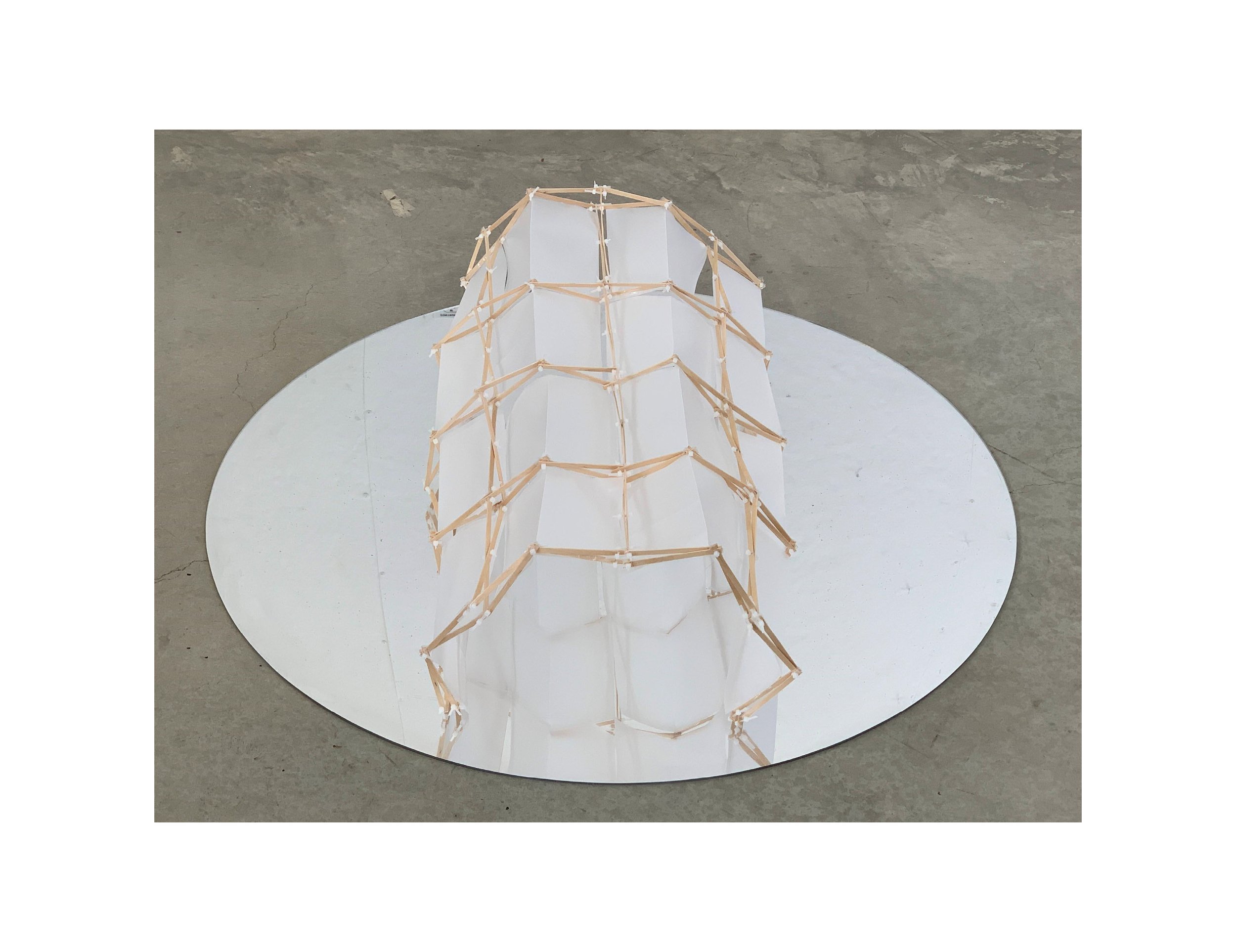
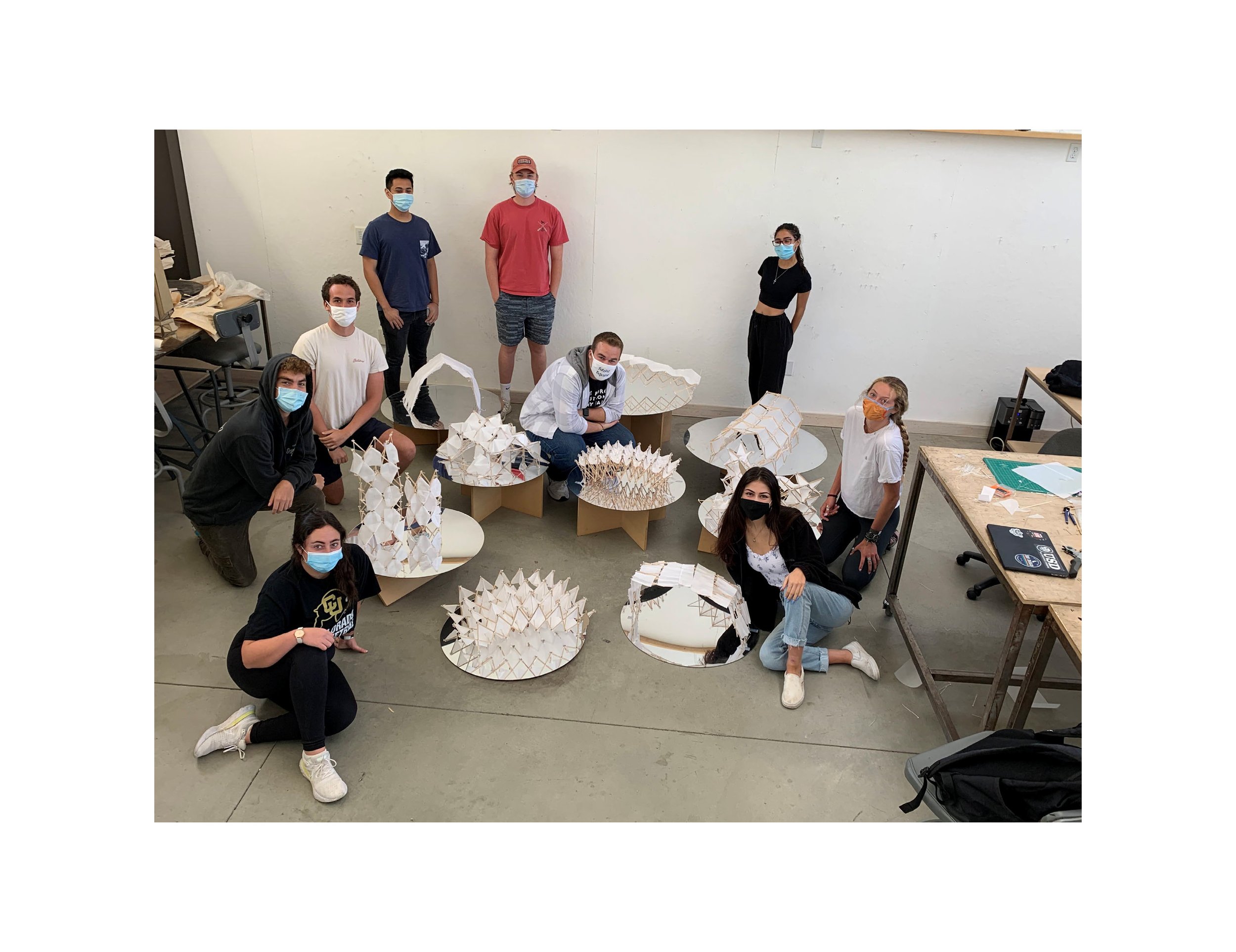
Course Description:
This course is an introduction to the fundamentals of design and its visual representation in the discipline of architecture. Lectures survey the history and theory of building types, structures and functions, as well as focusing on themes that explore intersections of physical, cultural and social spaces. This introduction to architectural design is structured around a series of projects that primarily help us to consider the relationships of form, space and its interactions with the human body at various scales and across various modes of representation.
Students will acquire techniques of architectural representation through a series of drawing and model-making assignments of increasing complexity and scale, moving from abstract to tangible architectural languages, analogue and digital tools, pairing representation tools with design and critical thinking process. Students will also develop a sense of agility and critical openness required in the development of any creative work.
Course Overview:
Throughout history, establishing the relationship between architectural forms and their multiple functions (spatial, perceptual, structural, social, organizational...) has been a rich source of controversy and the basis for many architectural design approaches. While architectural form can never fully escape being perceived through the conventions surrounding its physical presence, it can also never avoid being seen through the lens of existing cultural and social codes.
As an introduction to the fundamentals of design in the discipline of architecture, the research of the studio starts by focusing on the relationship between the material and conceptual forces that shape architectural form. A series of exercises will serve to introduce the students to a number of case studies and design approaches as a way to reflect upon how architectural forms are structured; how they are related to the human body and environment across a multitude of scales; and how they are shaped by physical, social, political and historical forces. Following a rigorous and systematic process, the work of the studio will focus on studying the knowledge that exists for the purpose of extending it, creating new knowledge.
The design work of the studio will be seen as a form of research that aims to respond to a number of general questions regarding architectural forms. These questions range from the generic or prototypical nature of architectural form, the emergence of formal and structural systems, all the way to its implementation in response to very specific sites and situations.
Prototypes:
What properties constitute an architectural form? What material, programmatic, typological, conceptual, and spatial forces shape an architectural form? How can these forces be explored critically through the production of physical models, drawings, annotations, and computer-aided design?
Formal Systems:
How is an architectural form flexible? How can a prototypical form be broken down into a number of parts? What is the ‘part-to-whole’ relationship between the parts that form the whole? How can this relationship be made flexible? How can this flexibility become responsive to changing conditions and produce variations? How can this flexibility be strategically controlled?
How does an architectural form become part of a series? What properties constitute a formal system? How does an architectural form become prototypical? Which properties of an architectural form can be considered prototypical and which properties can be considered specific?
From the Prototypical to the Specific:
How does an architectural system transform consistently from the prototypical to the specific or from a series to a single instance? How can an architectural system be made responsive to a specific environment? How does an architectural system produce a form that can produce a new kind of environment? How can an architectural form produce unprecedented and novel spatial effects?